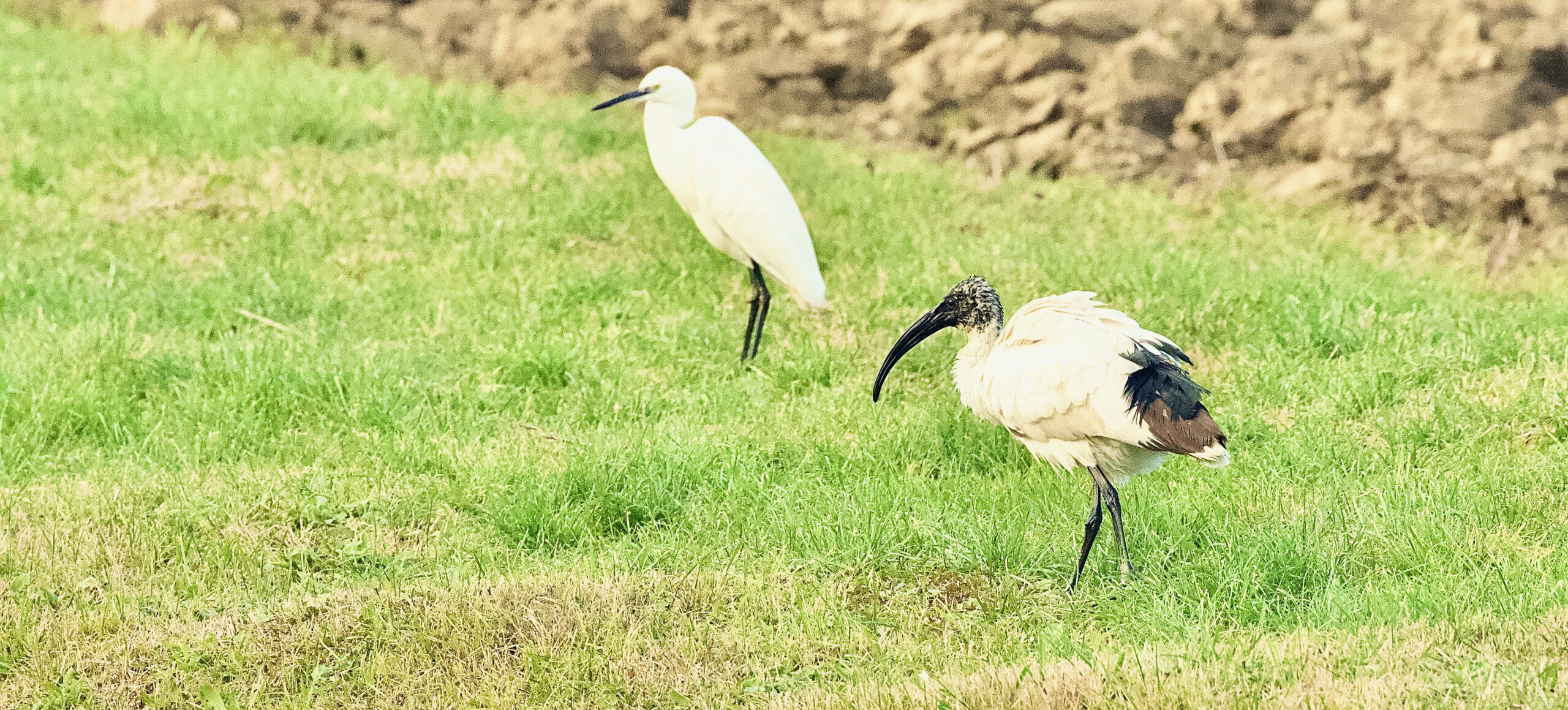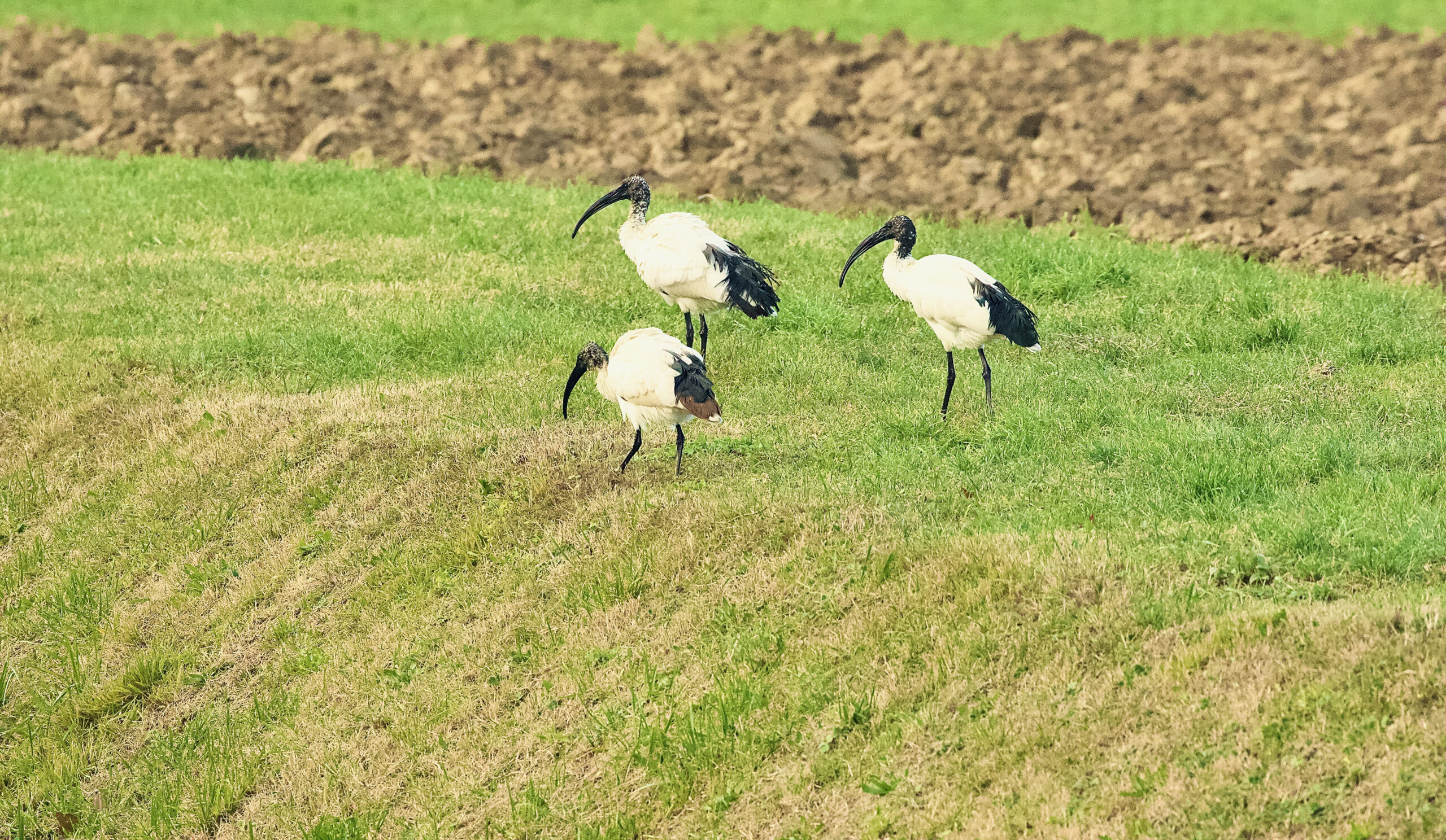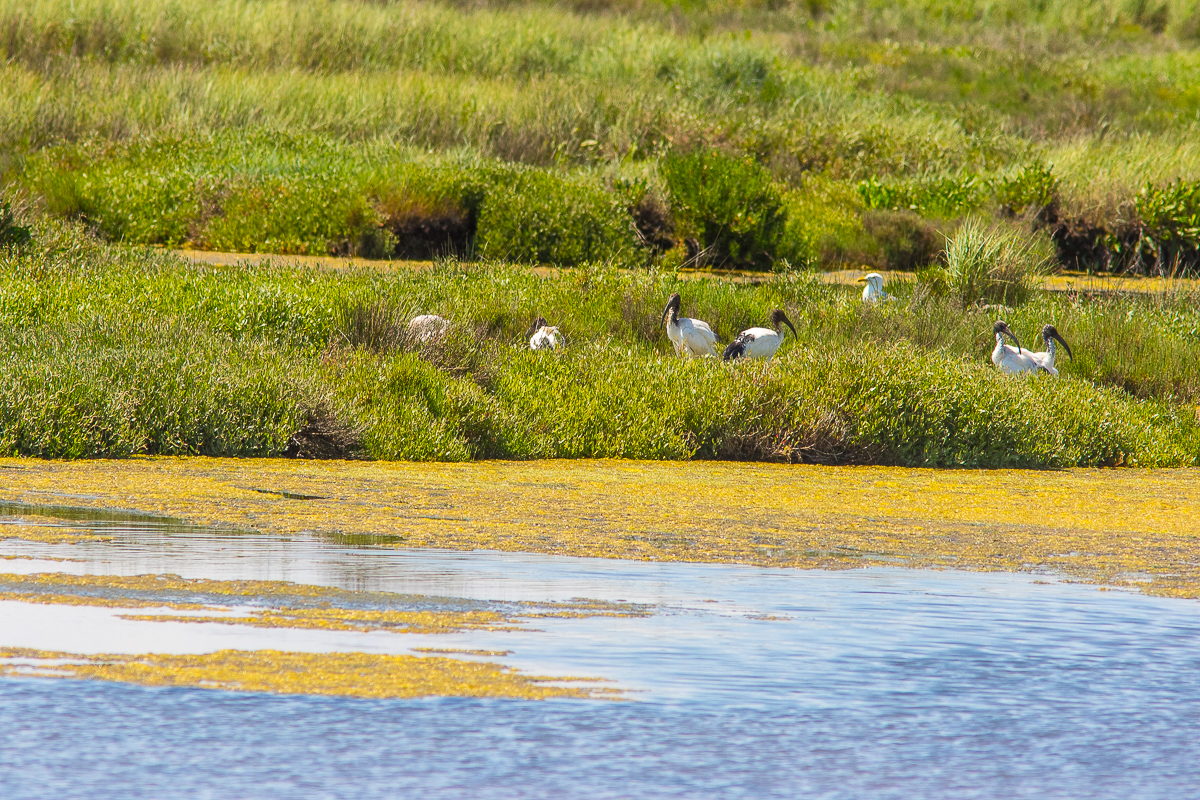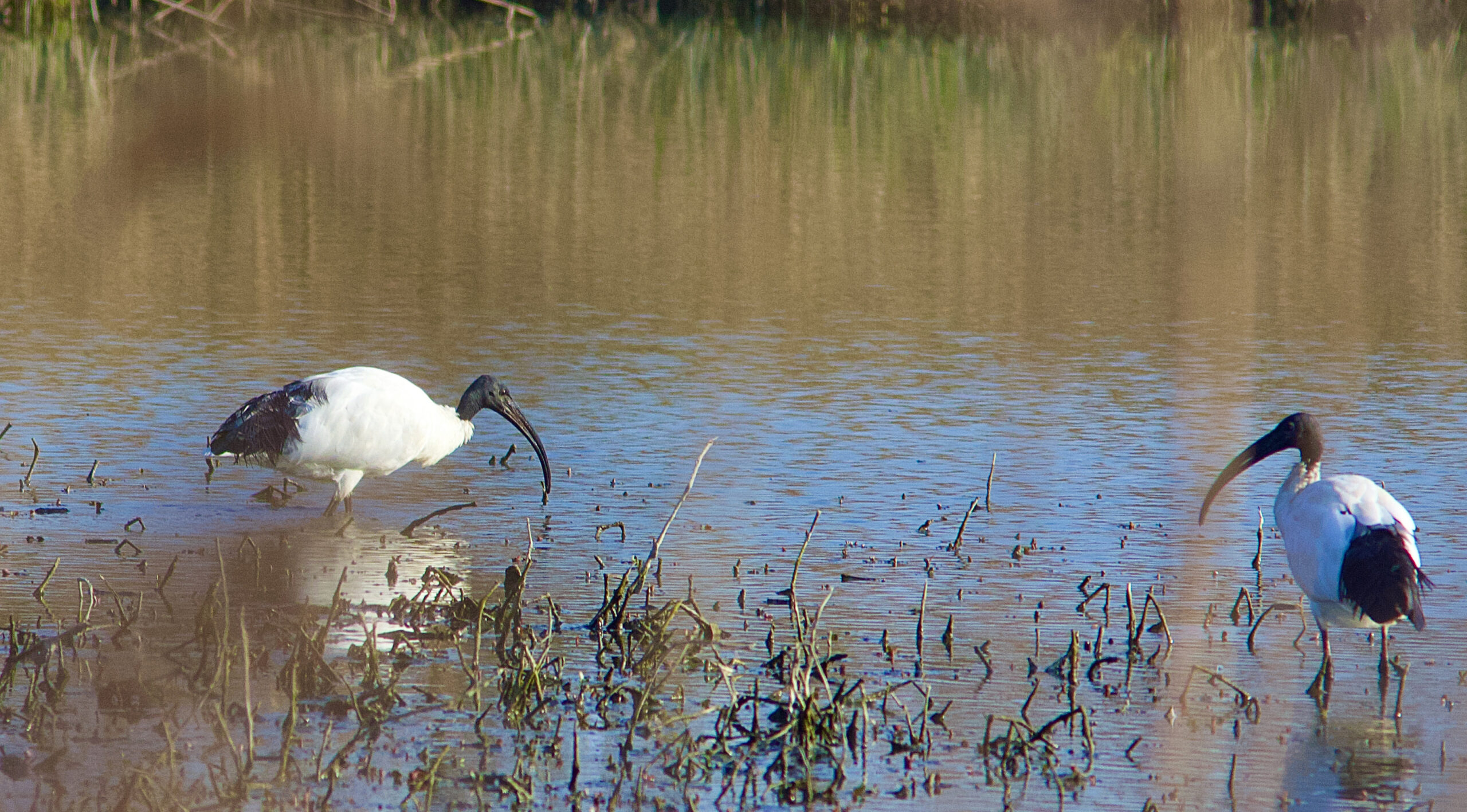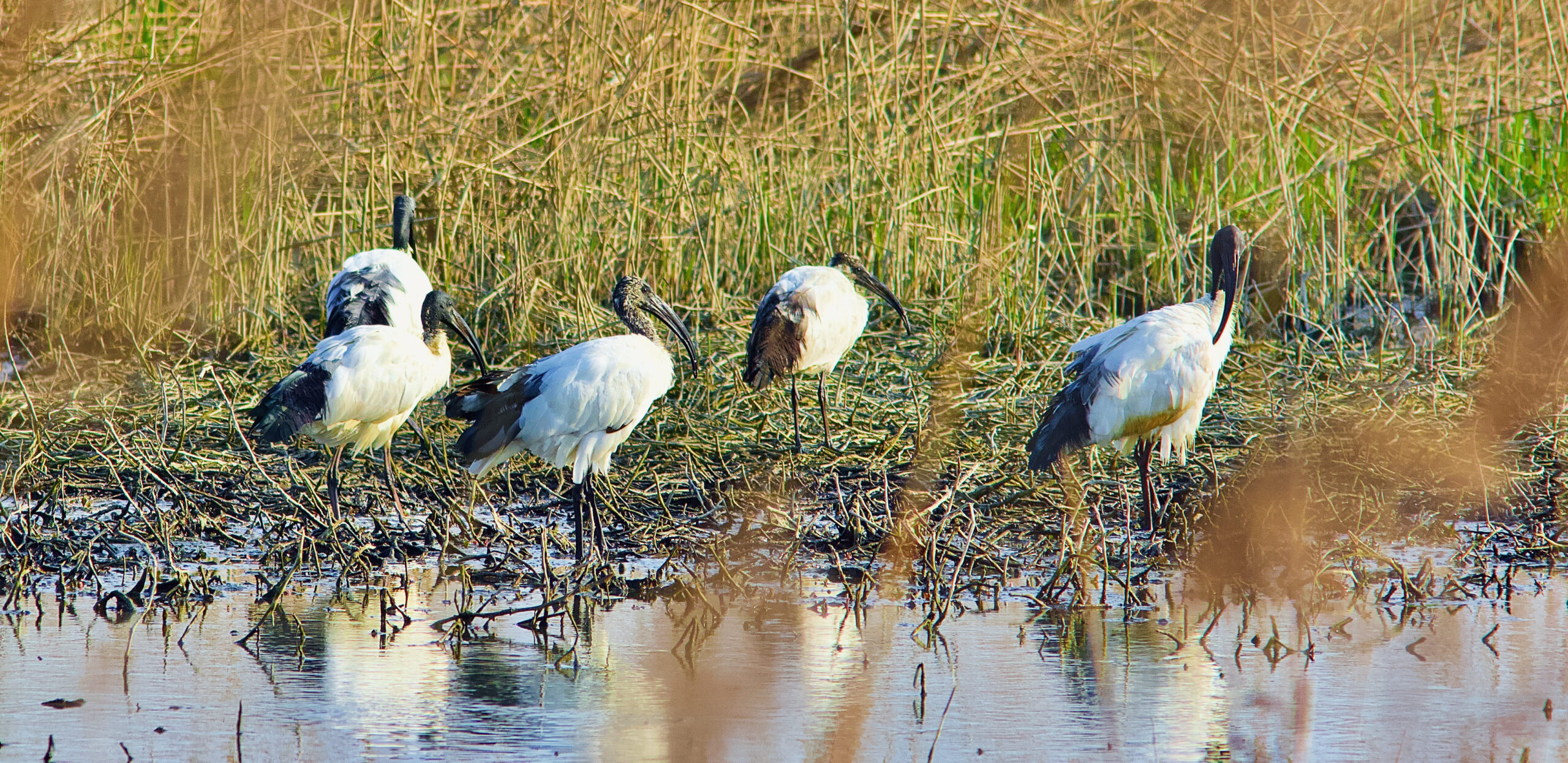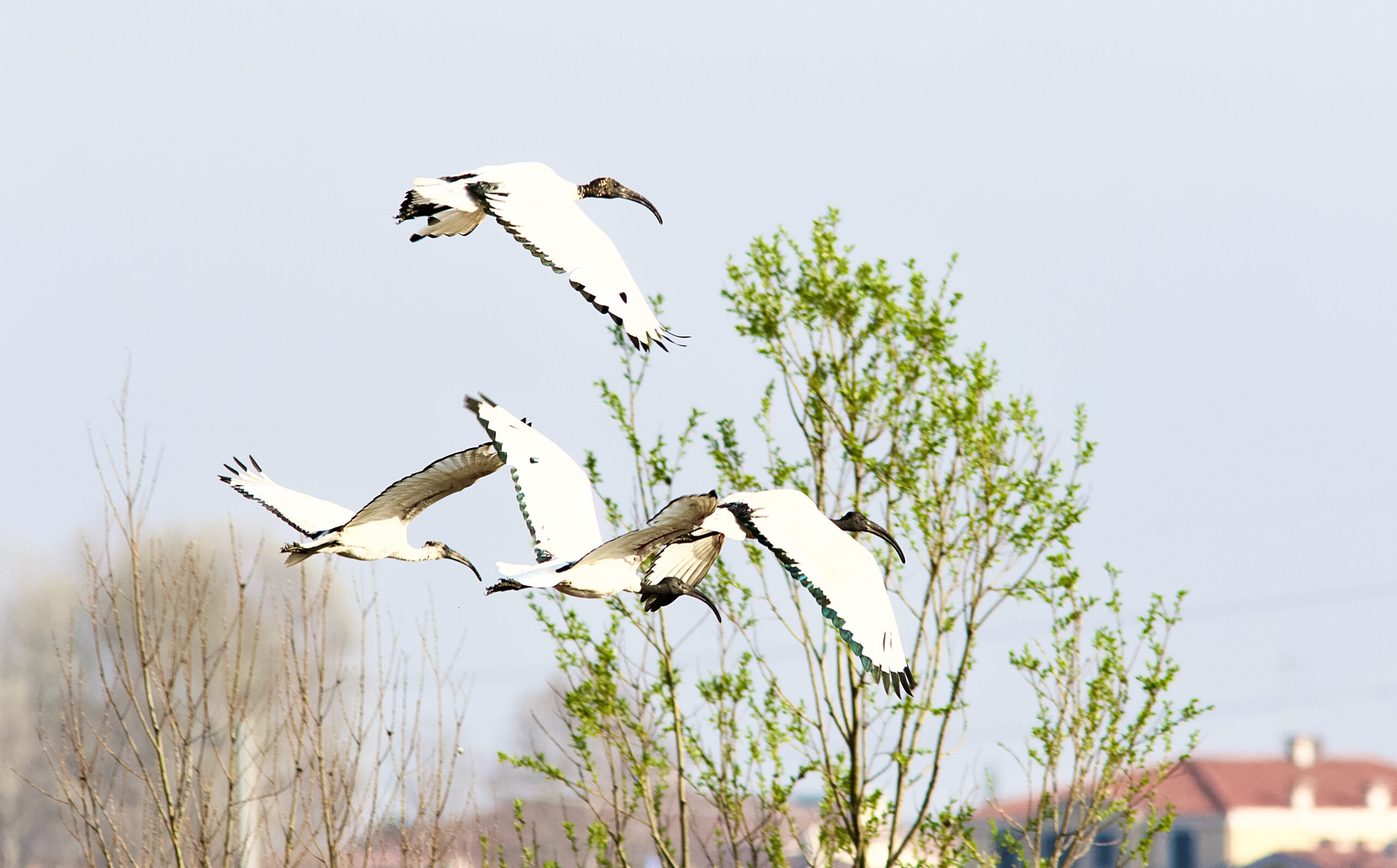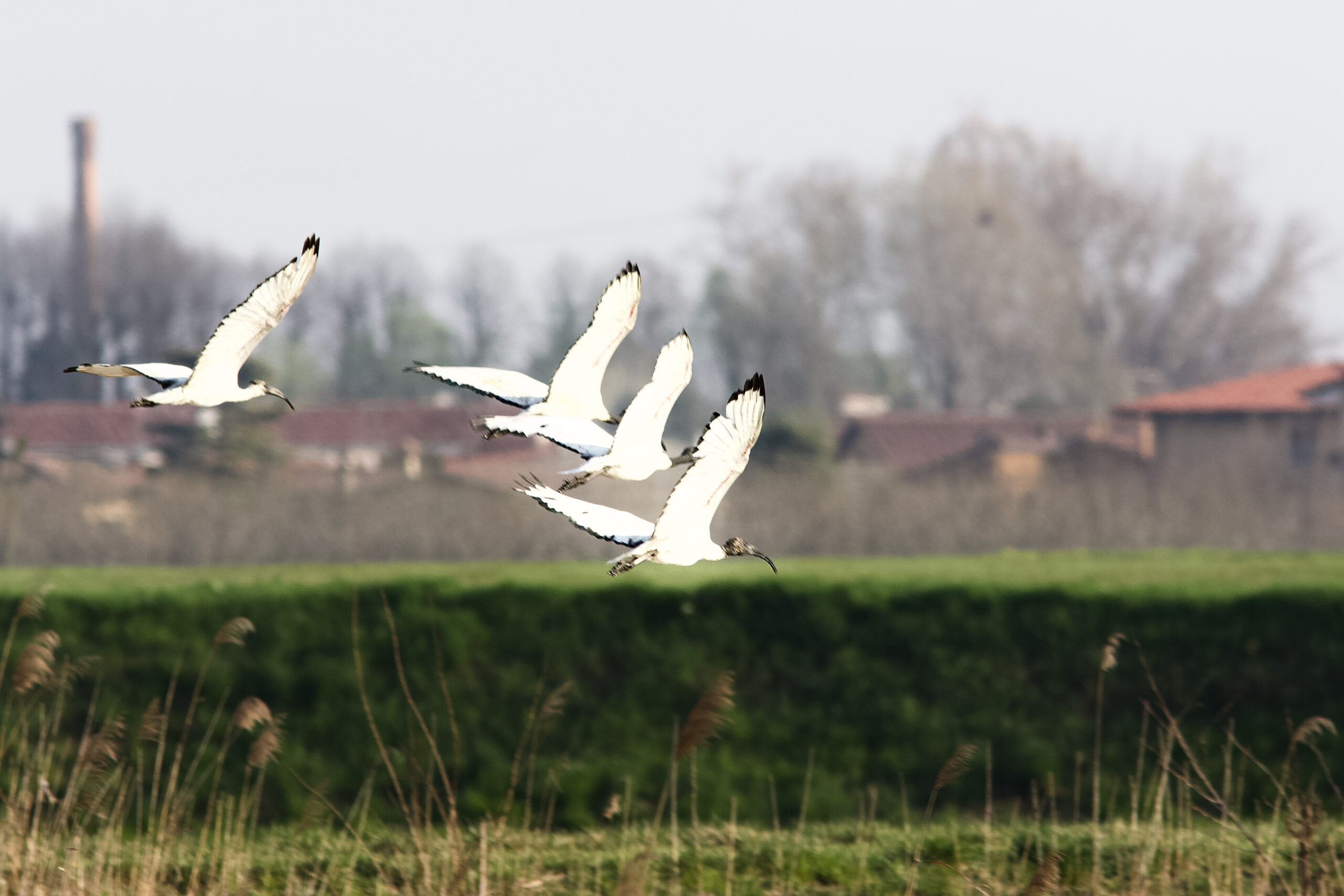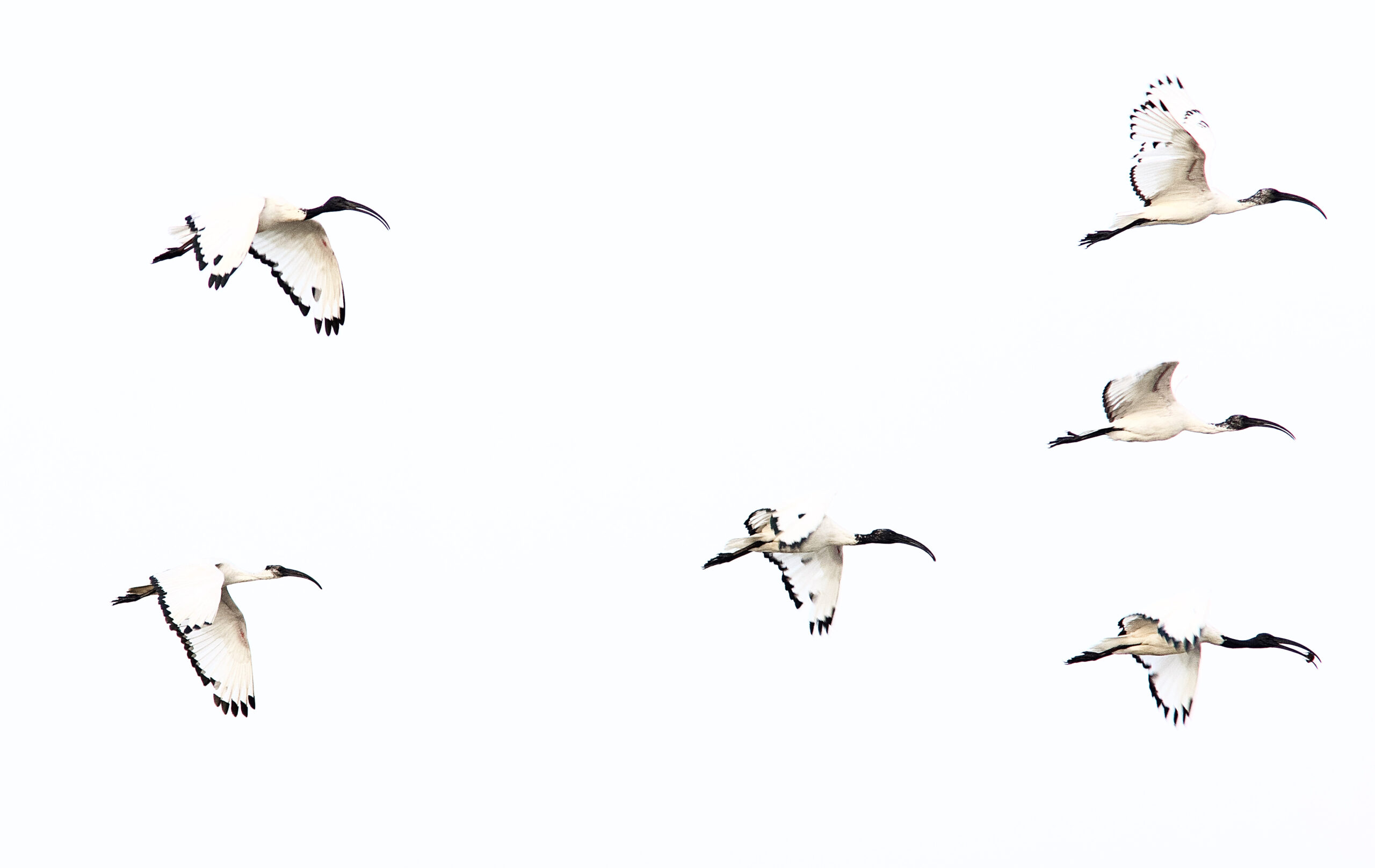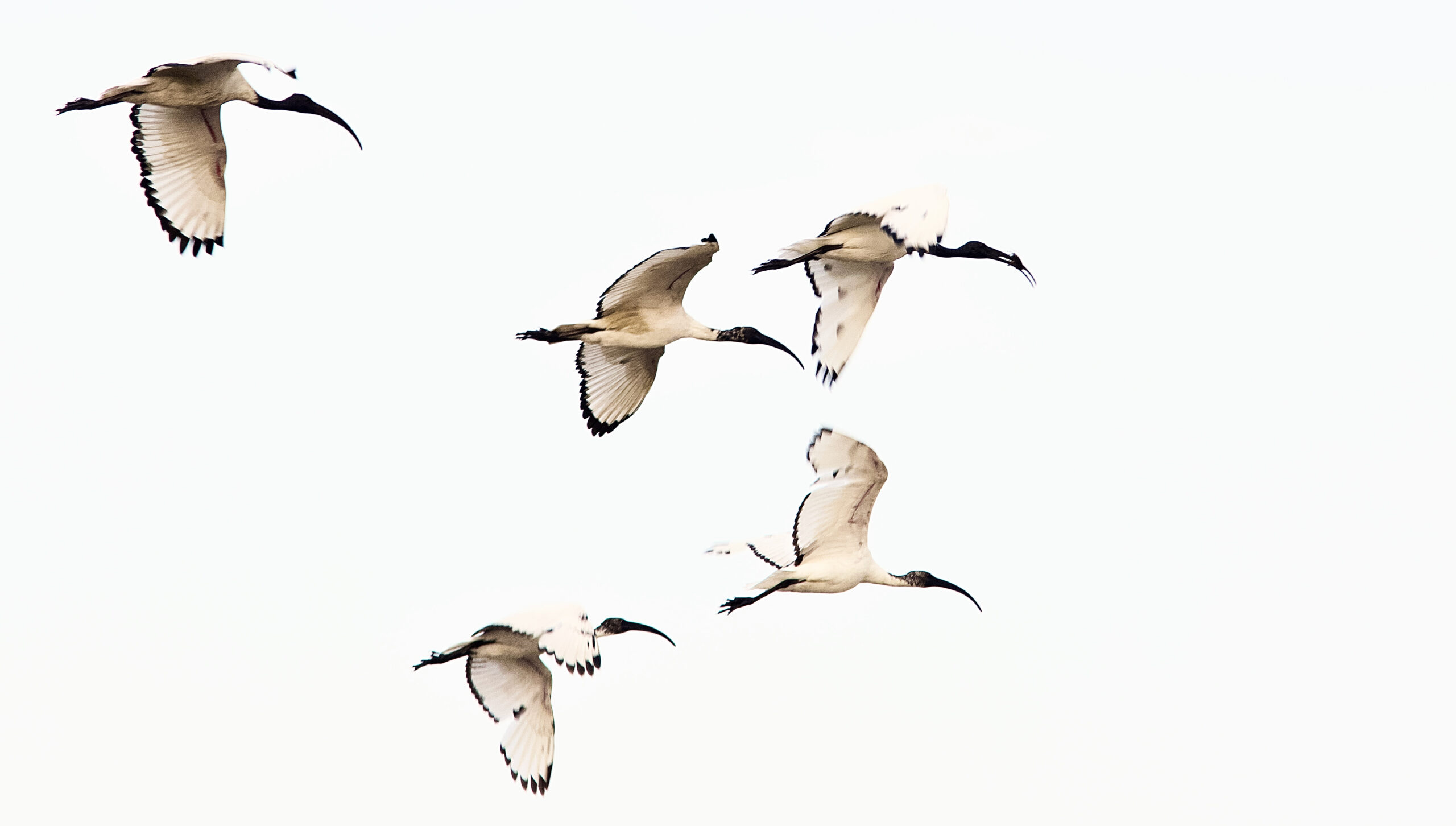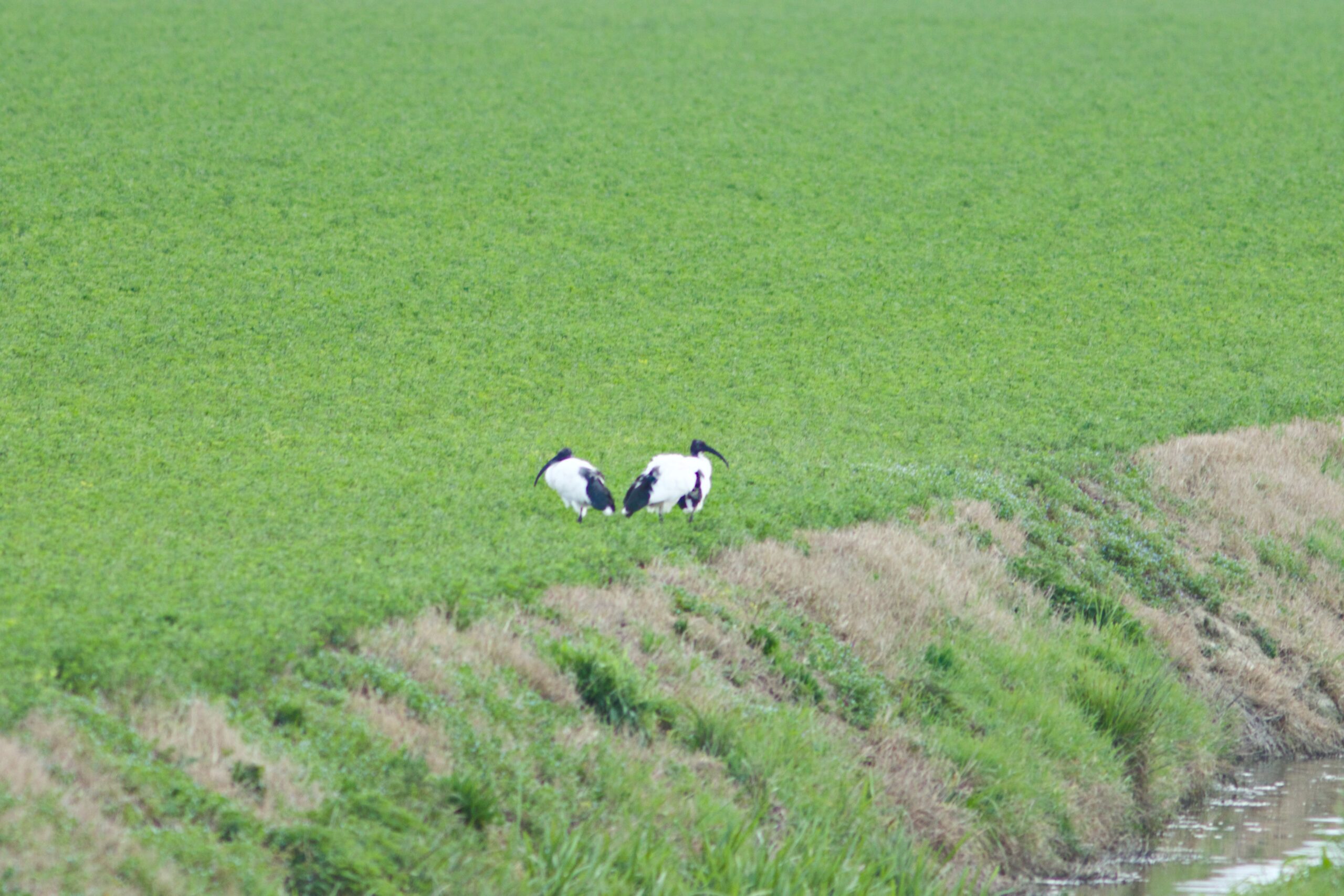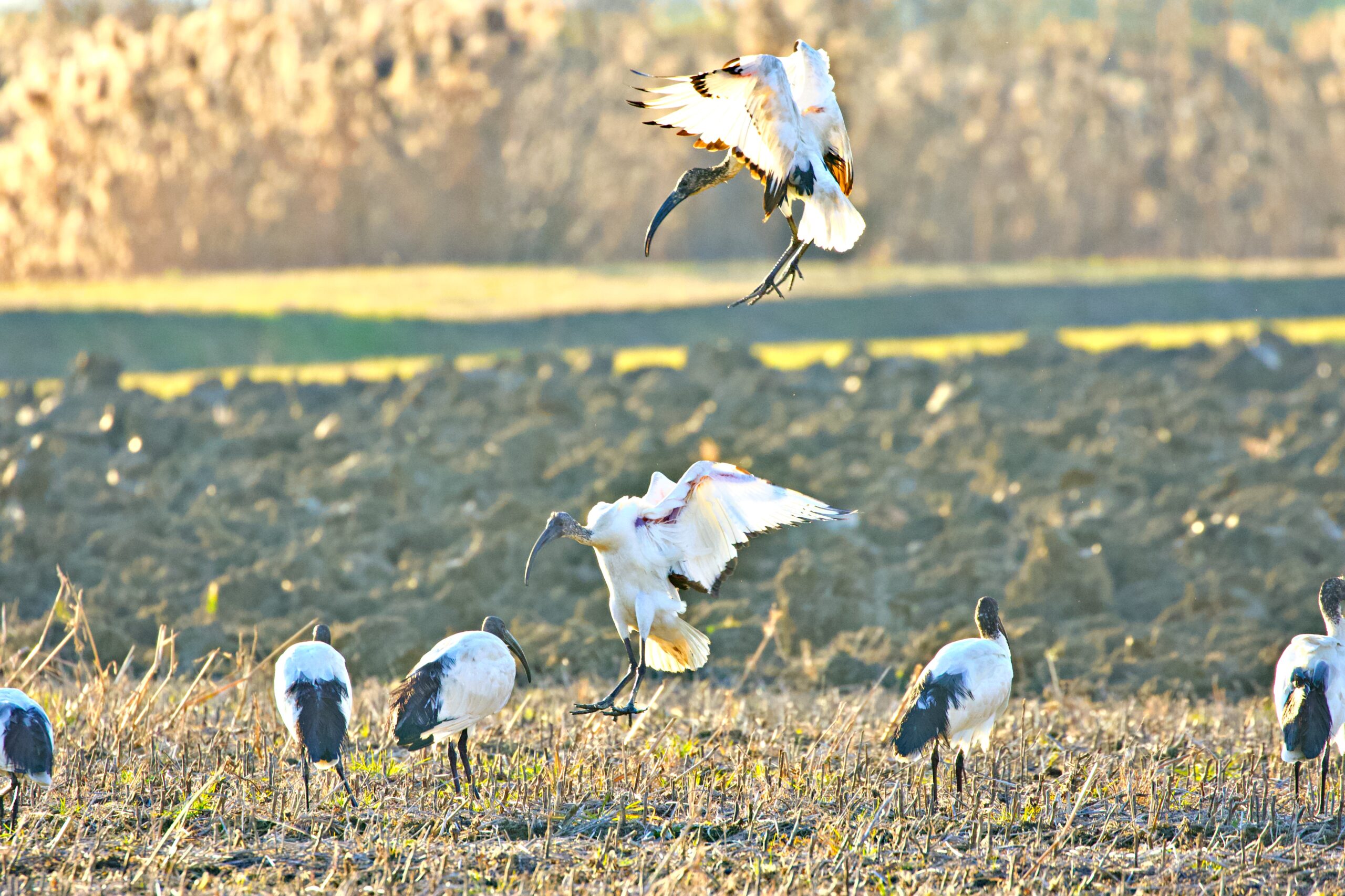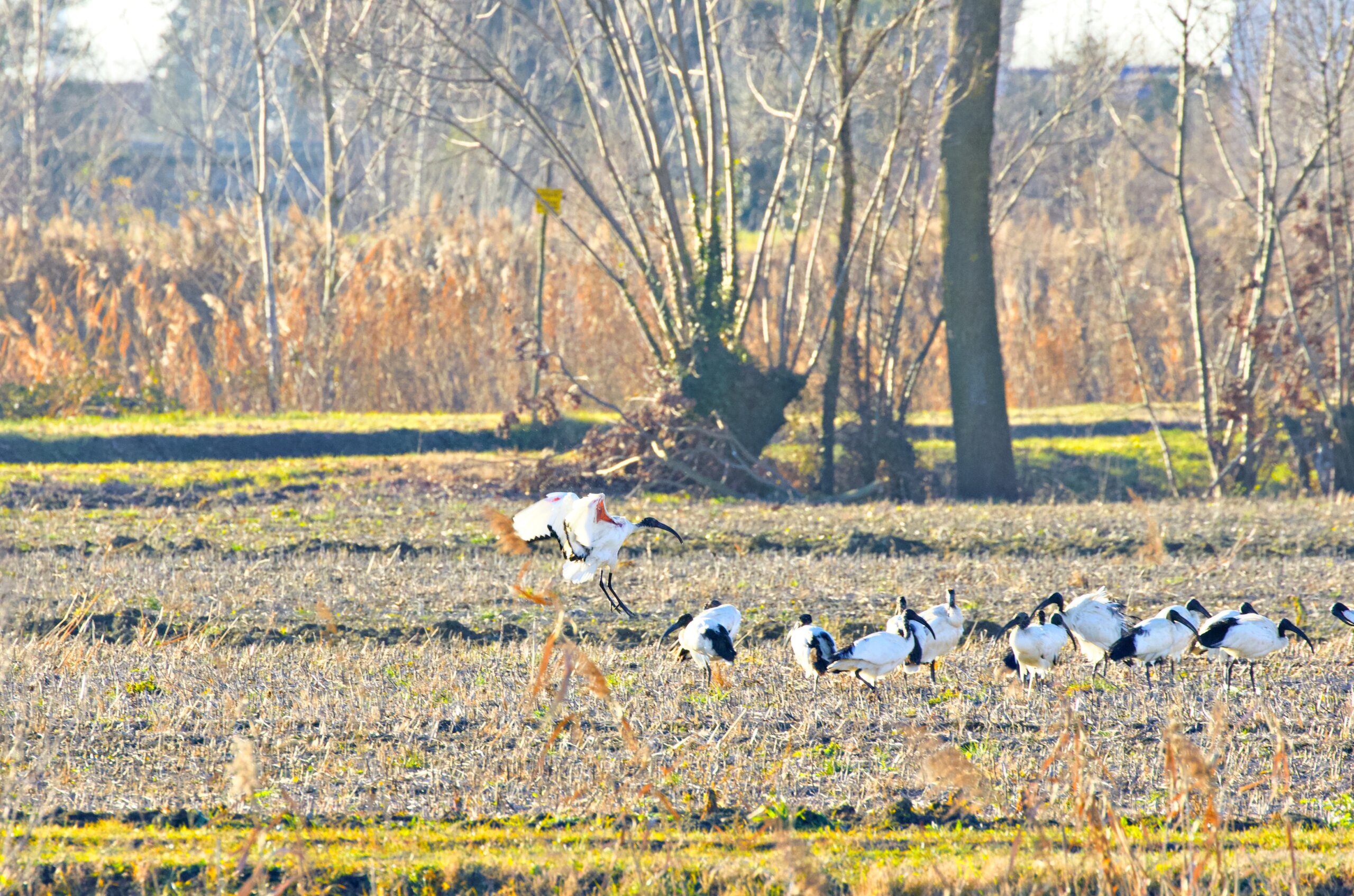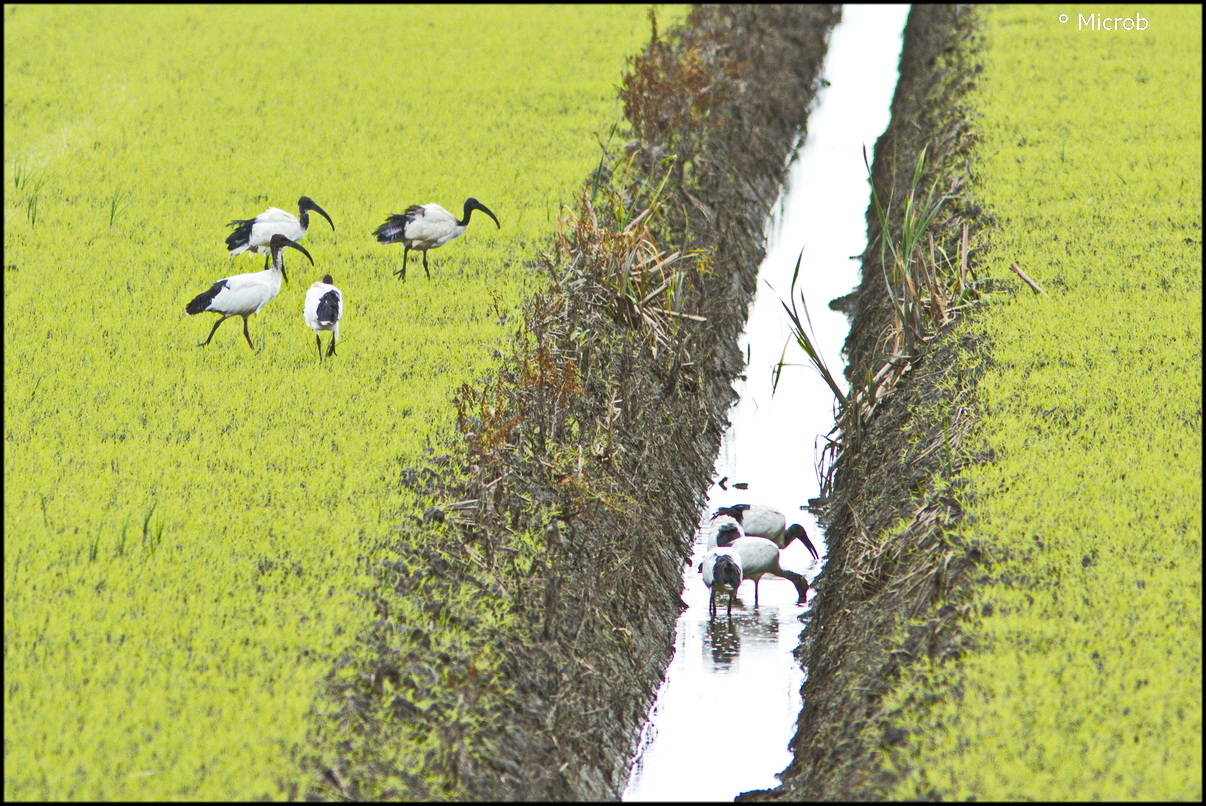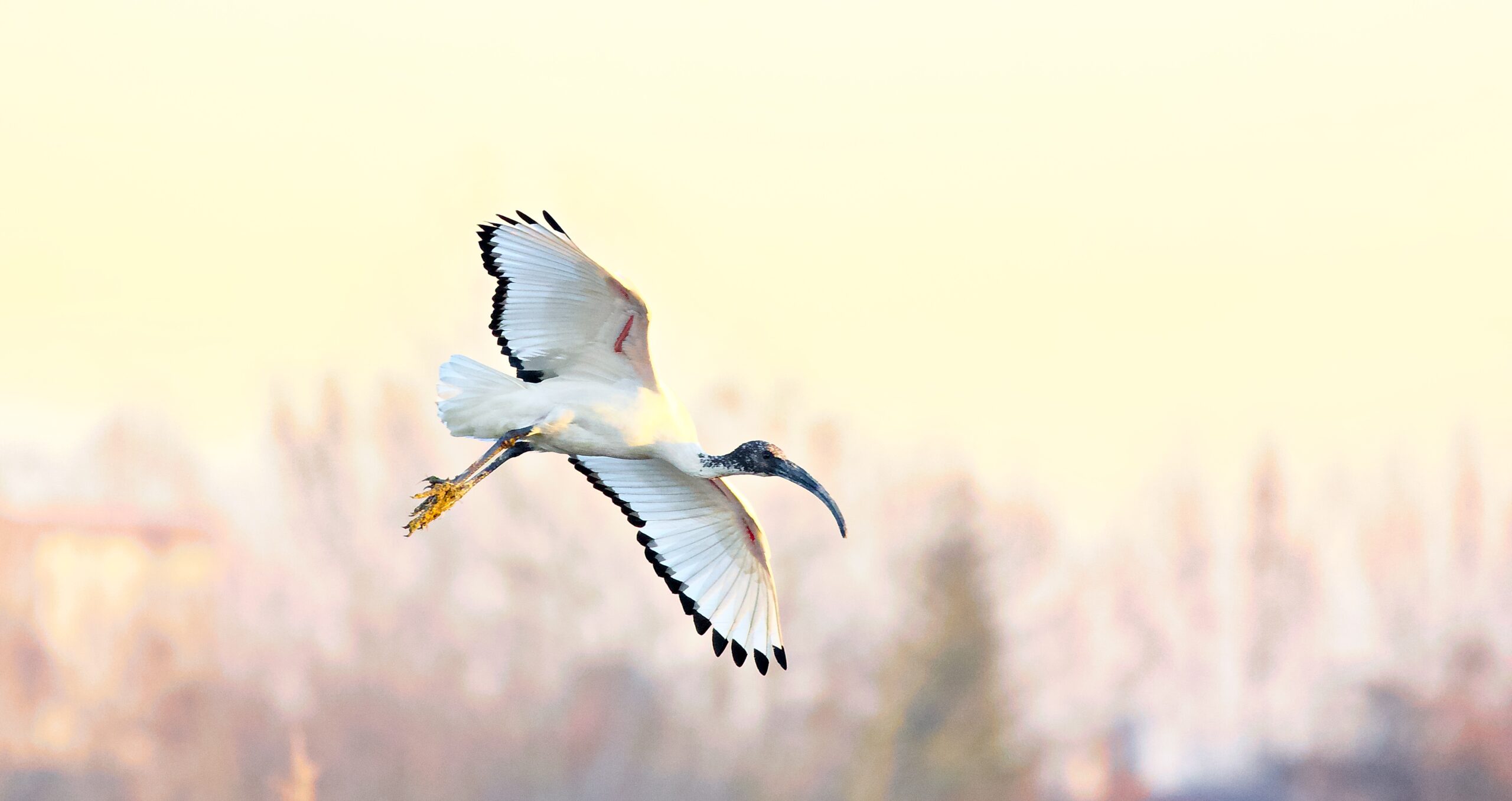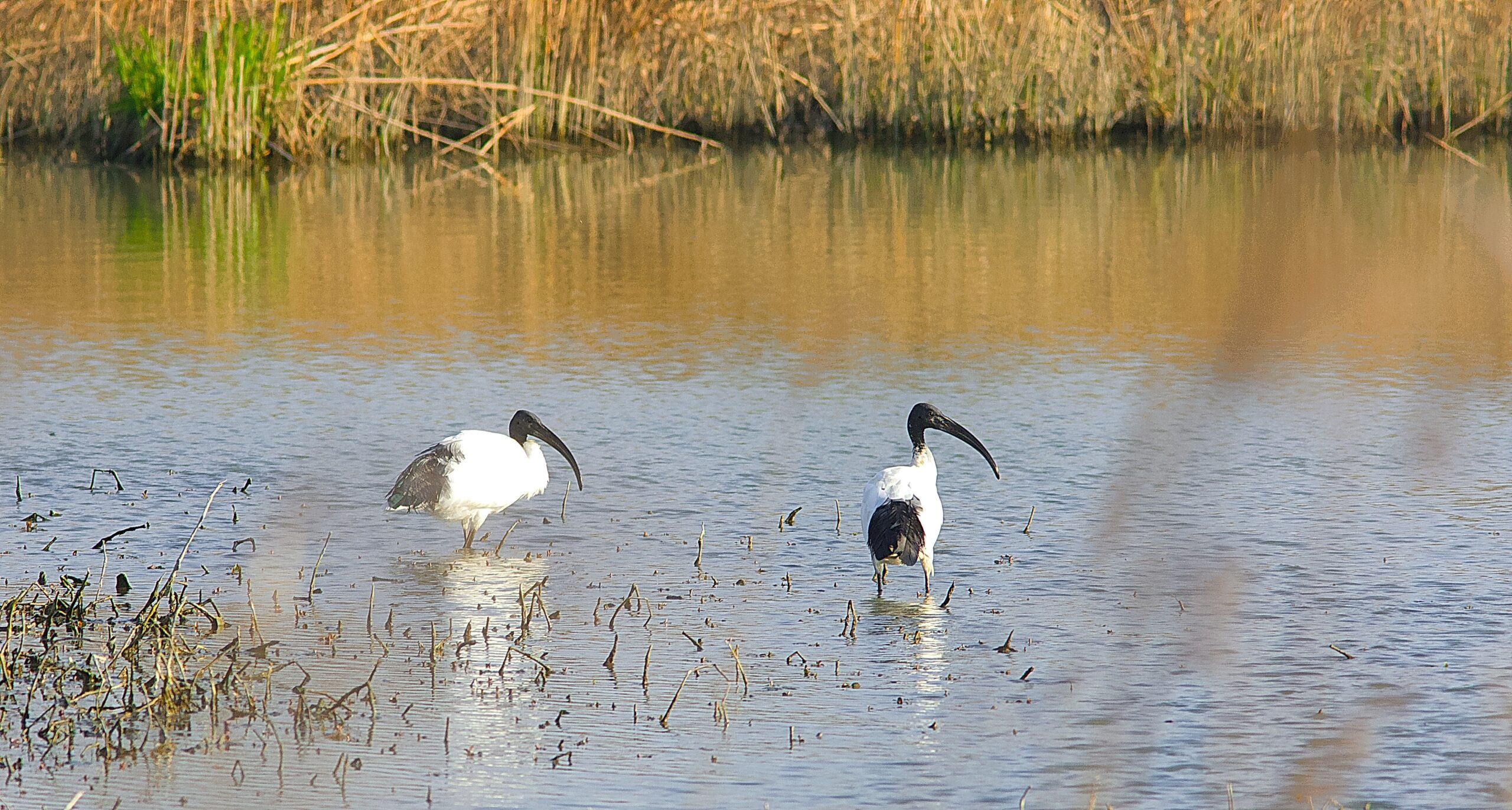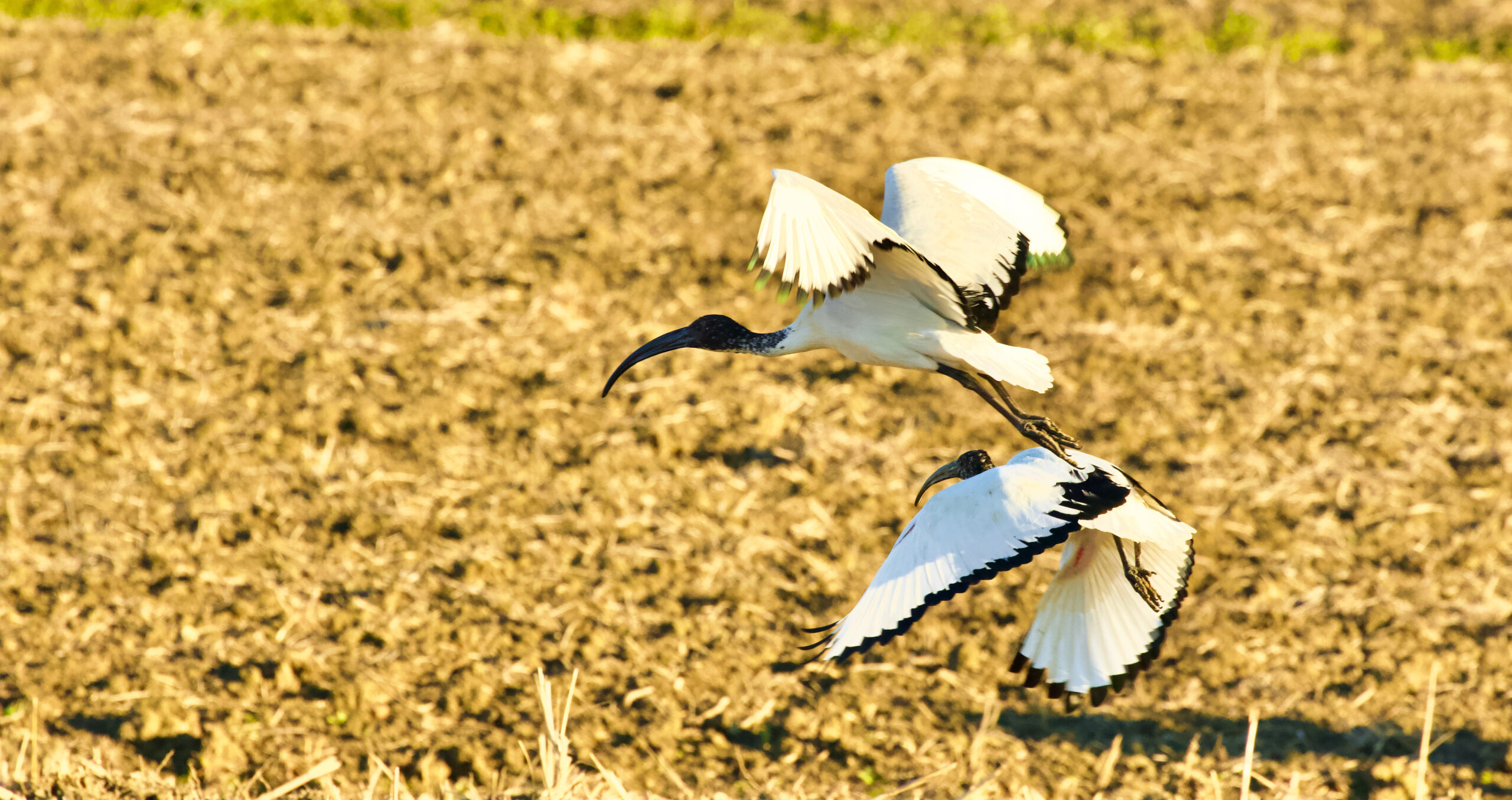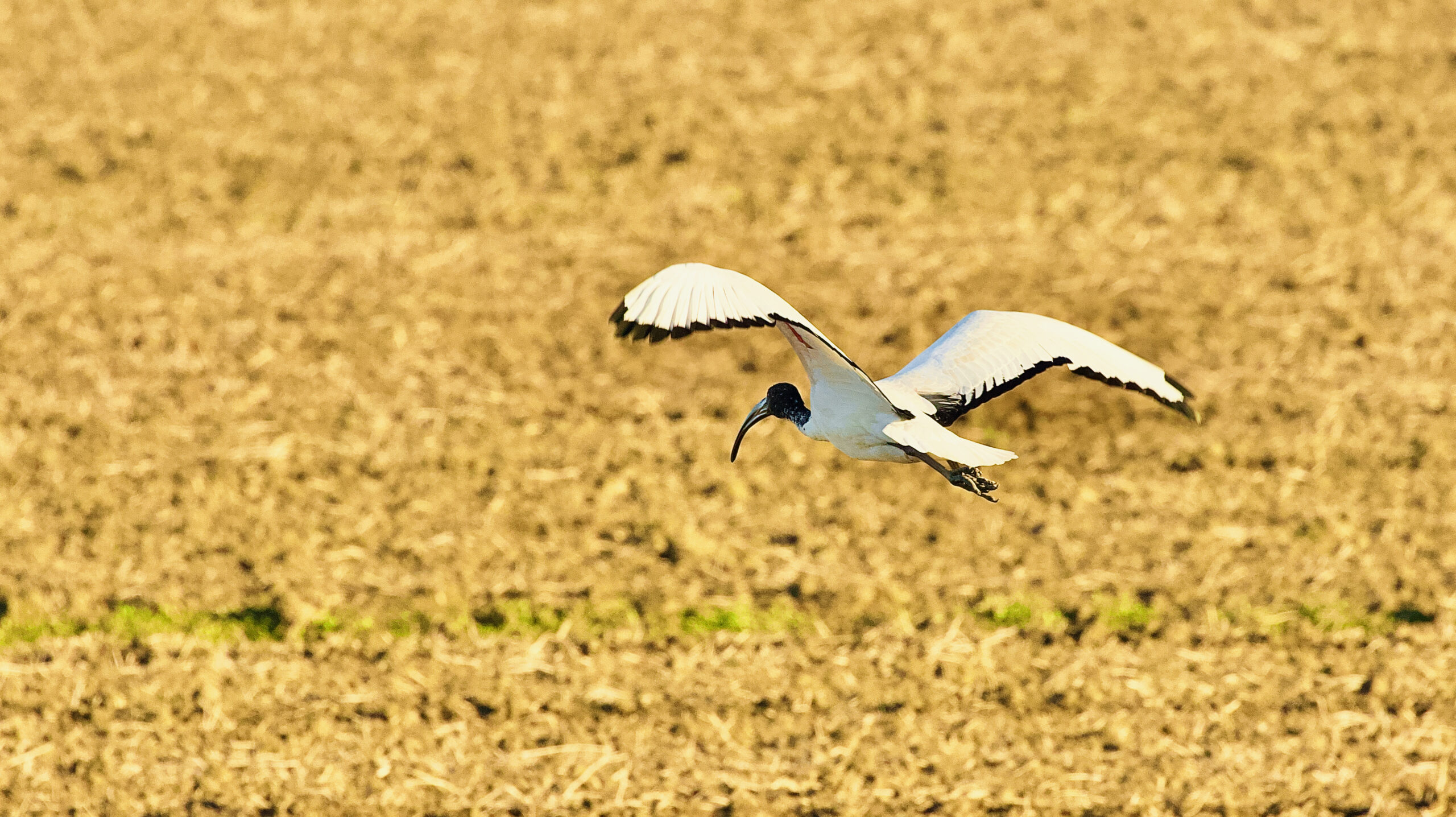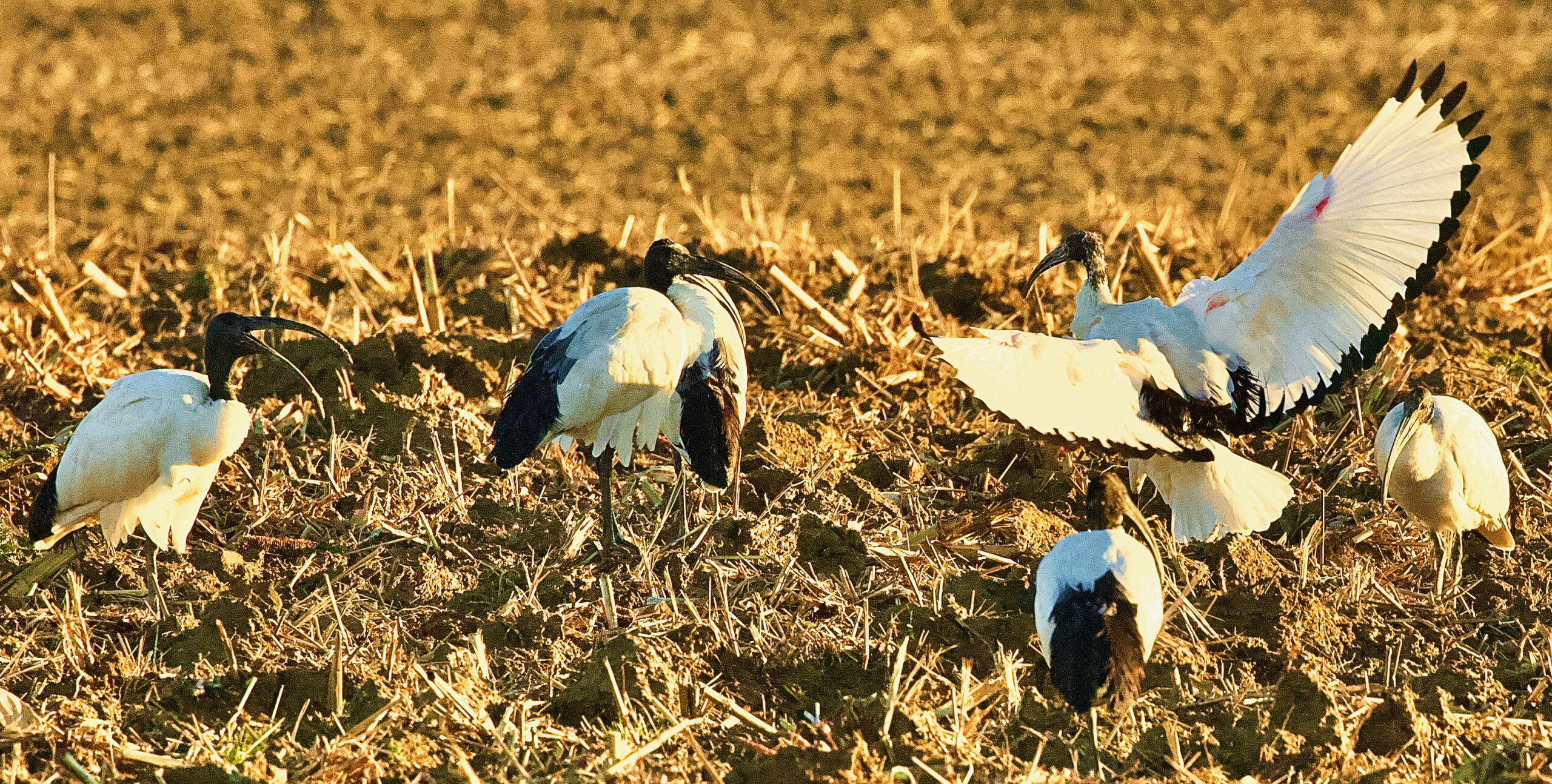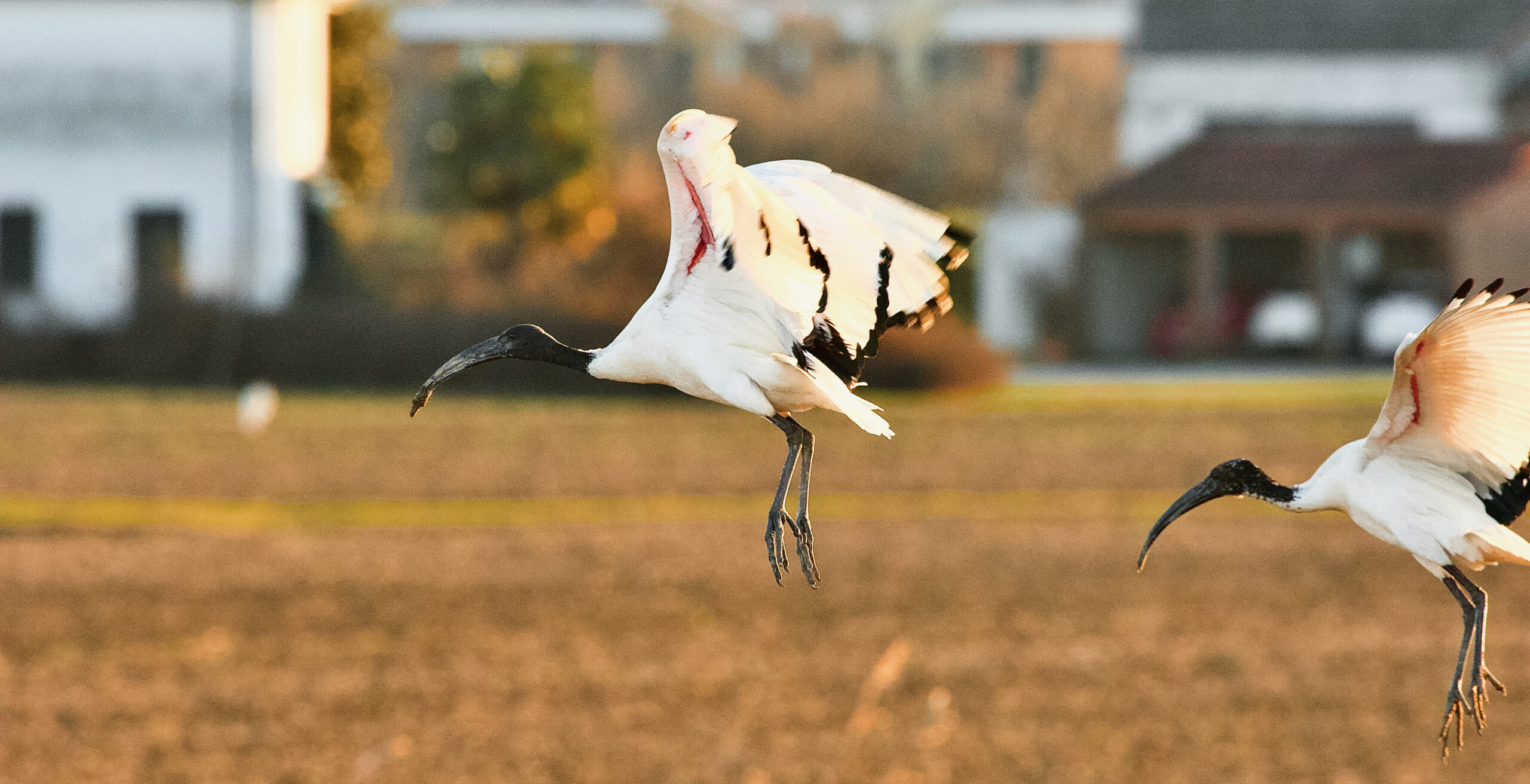This species is present by our Plot.
The sacred ibis Threskiornis aethiopicus (Latham, 1790) belongs to the order of Pelecaniformes, family Threskiornithidae and to the genus Threskiornis. This particular species is unmistakable for the white color of the body and wings, in sharp contrast with the black of the beak, the legs, the tips of the remigrants, the head and the neck (the latter two are naked), with some black feathers present on the rump.
If seen in flight, the lower part of the wing is naked and red during the reproductive period, while the rest of the year this line that runs entirely along the wing is of a lighter color, usually pink.
The latest photos have allowed me to understand that the species has different colours, brown and green and blue which tends towards purple.
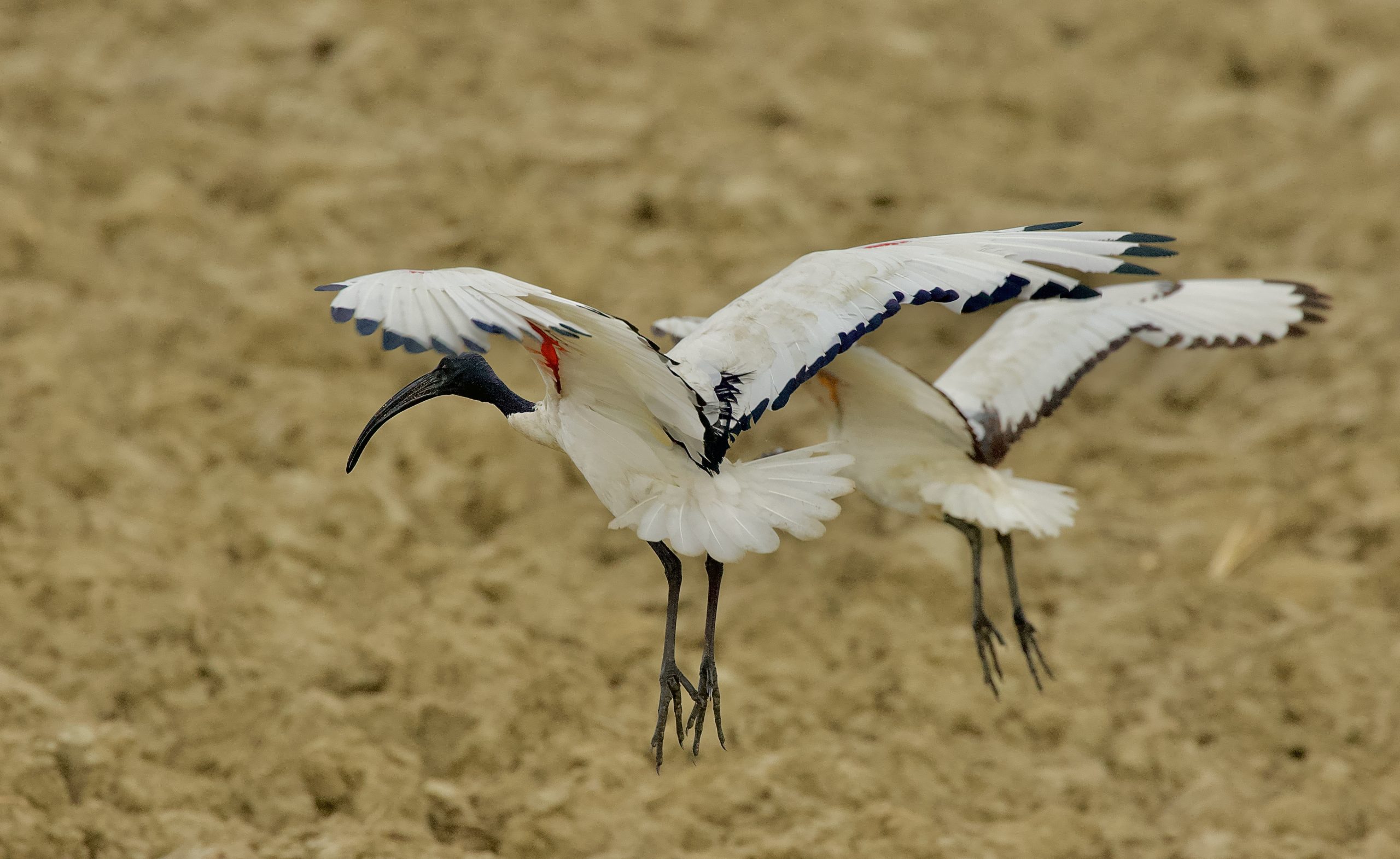
Ibis Sacro – Threskiornis aethiopicus
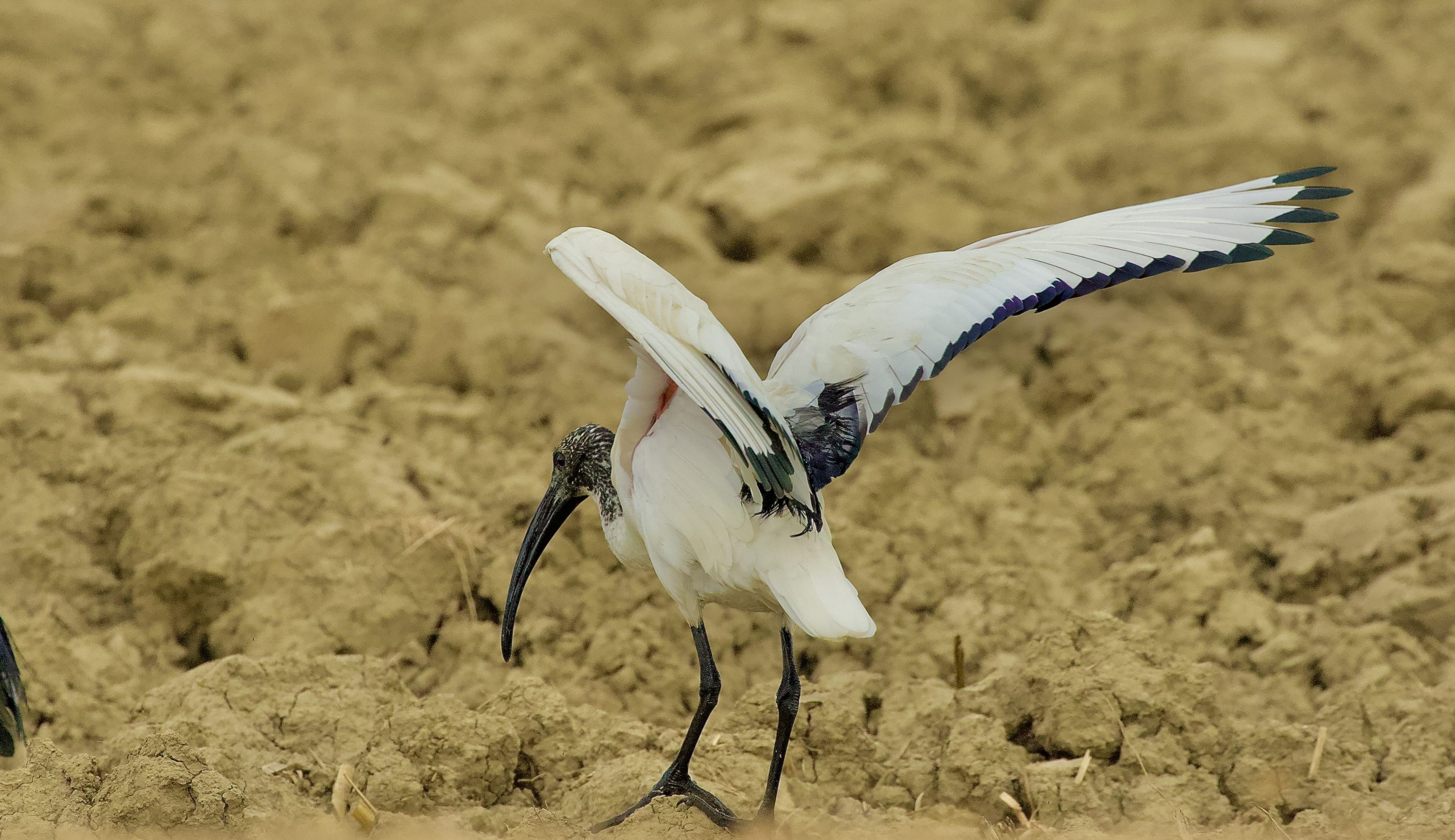
Ibis Sacro – Threskiornis aethiopicus
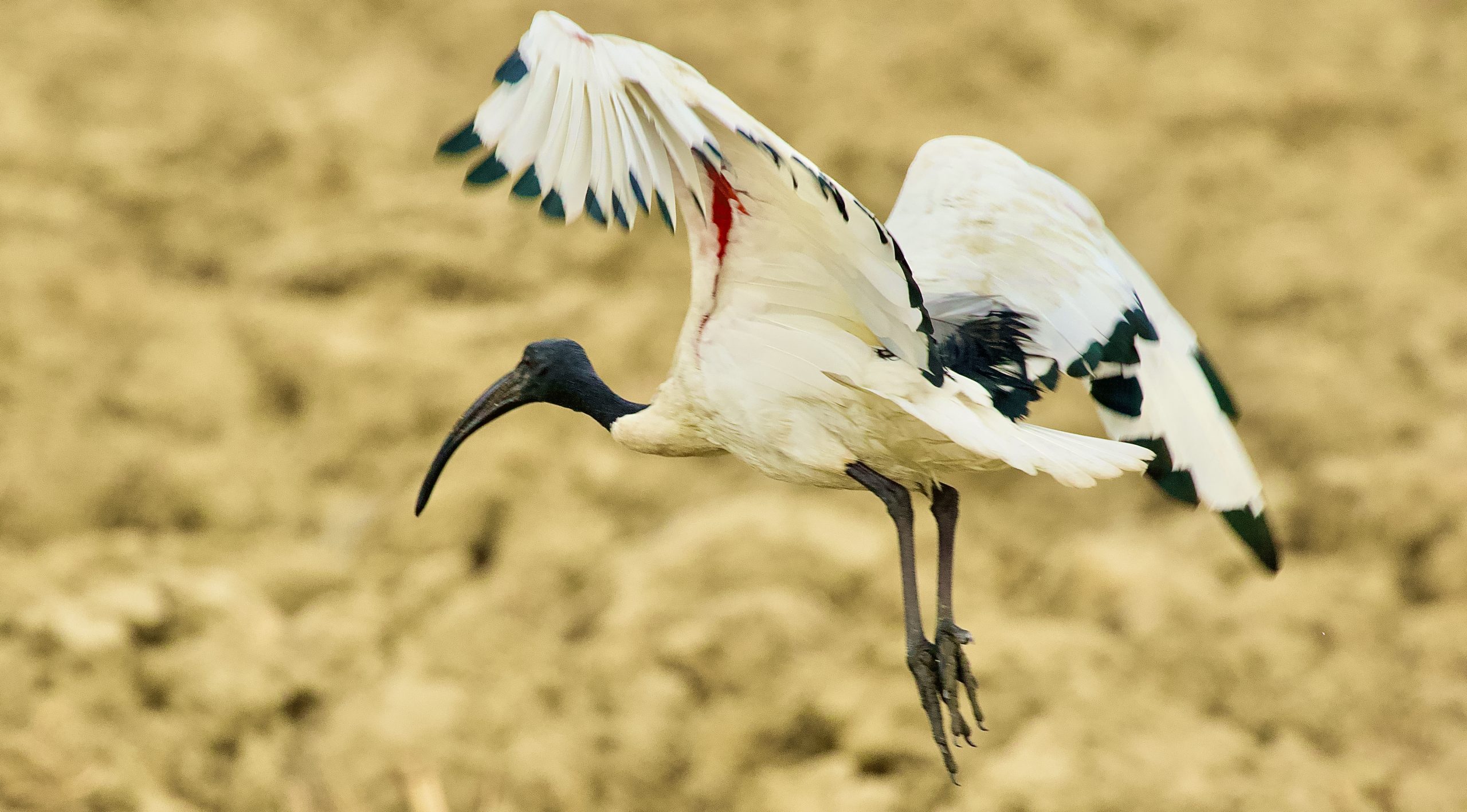
Ibis Sacro – Threskiornis aethiopicus
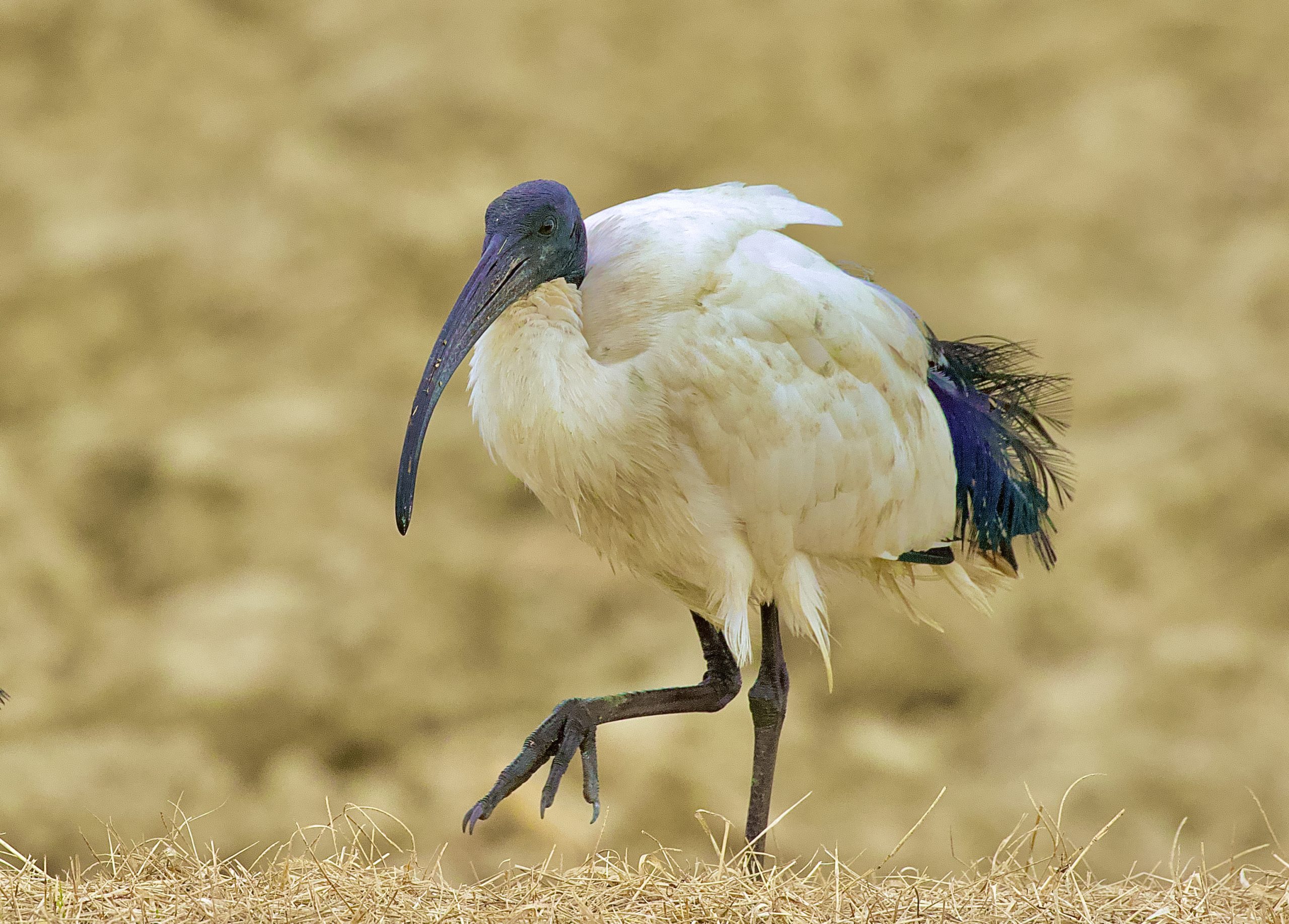
Ibis Sacro – Threskiornis aethiopicus
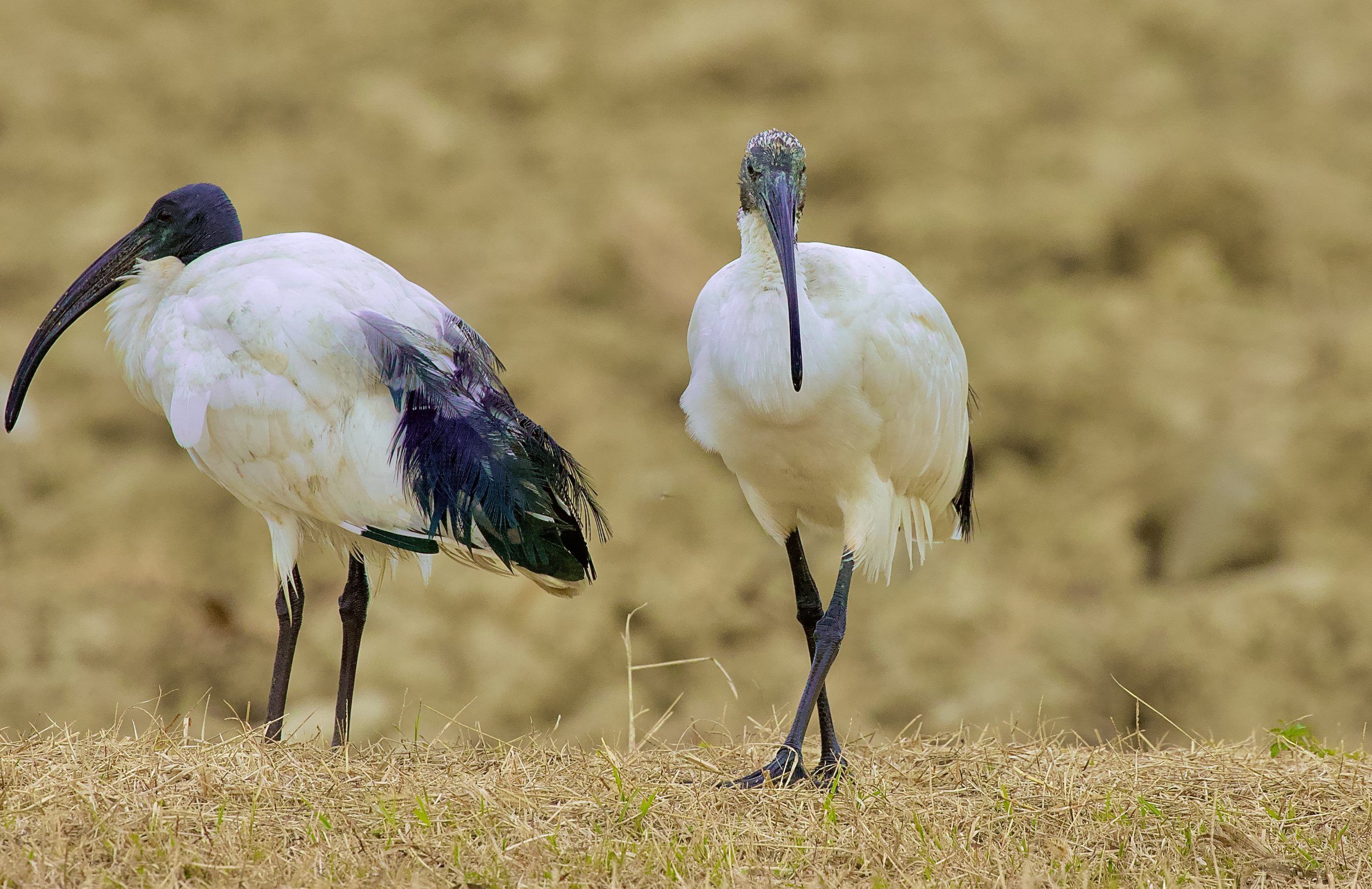
Ibis Sacro – Threskiornis aethiopicus
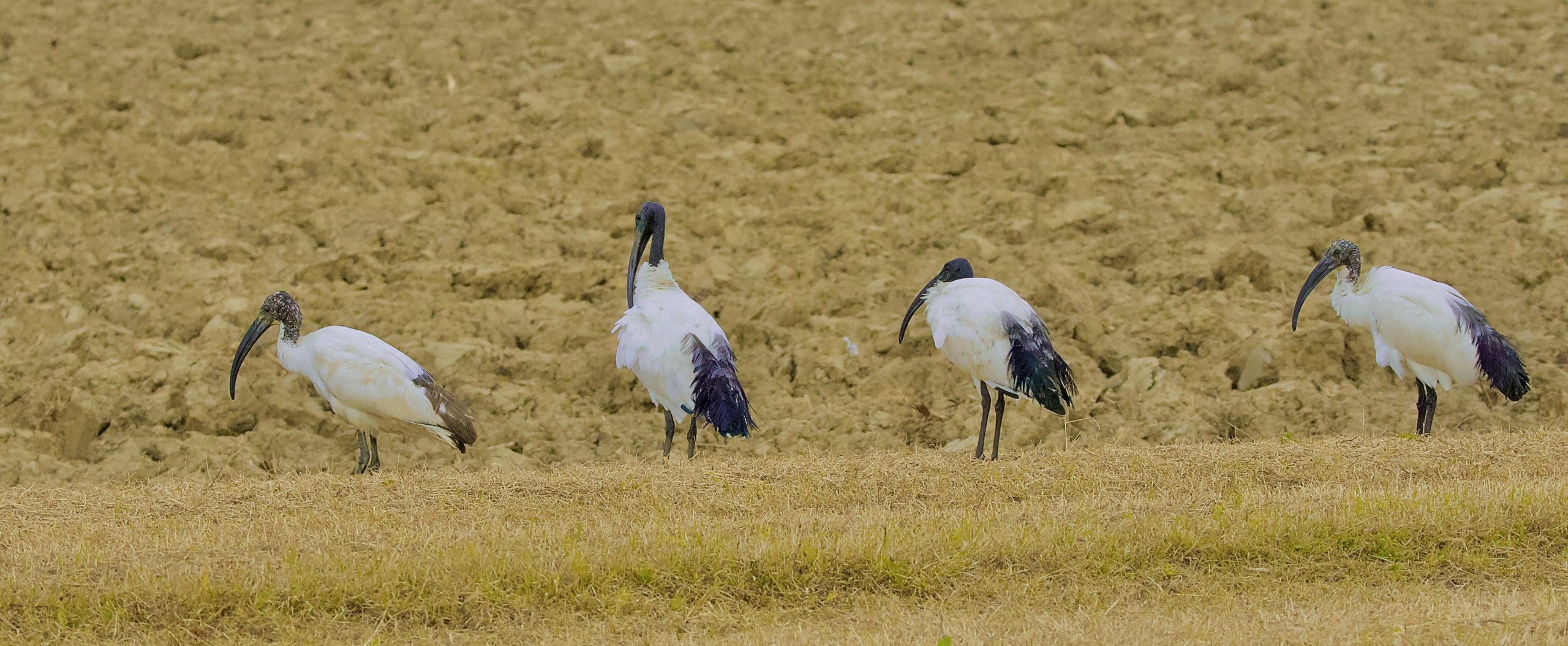
Ibis Sacro – Threskiornis aethiopicus
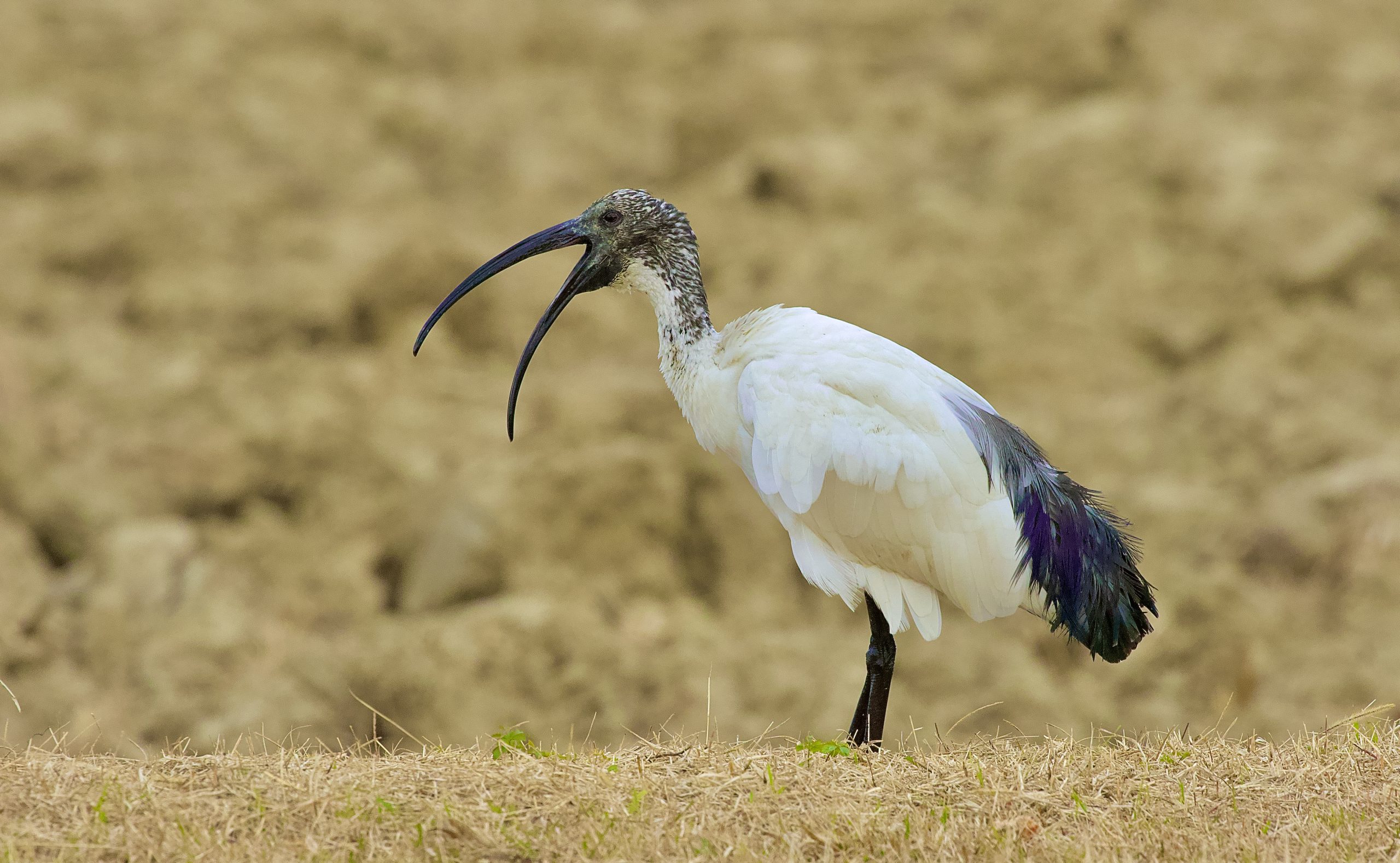
Ibis Sacro – Threskiornis aethiopicus
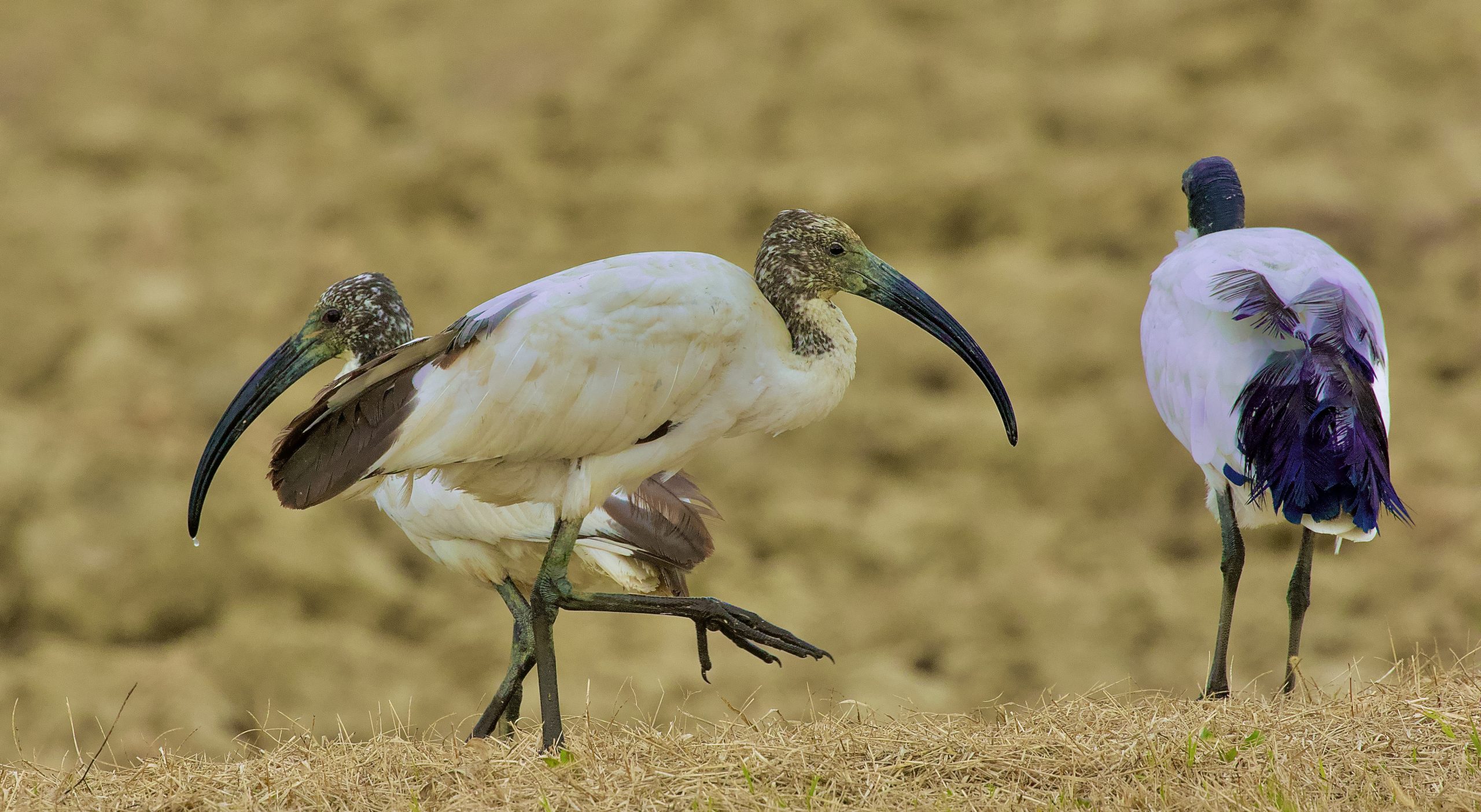
Ibis Sacro – Threskiornis aethiopicus
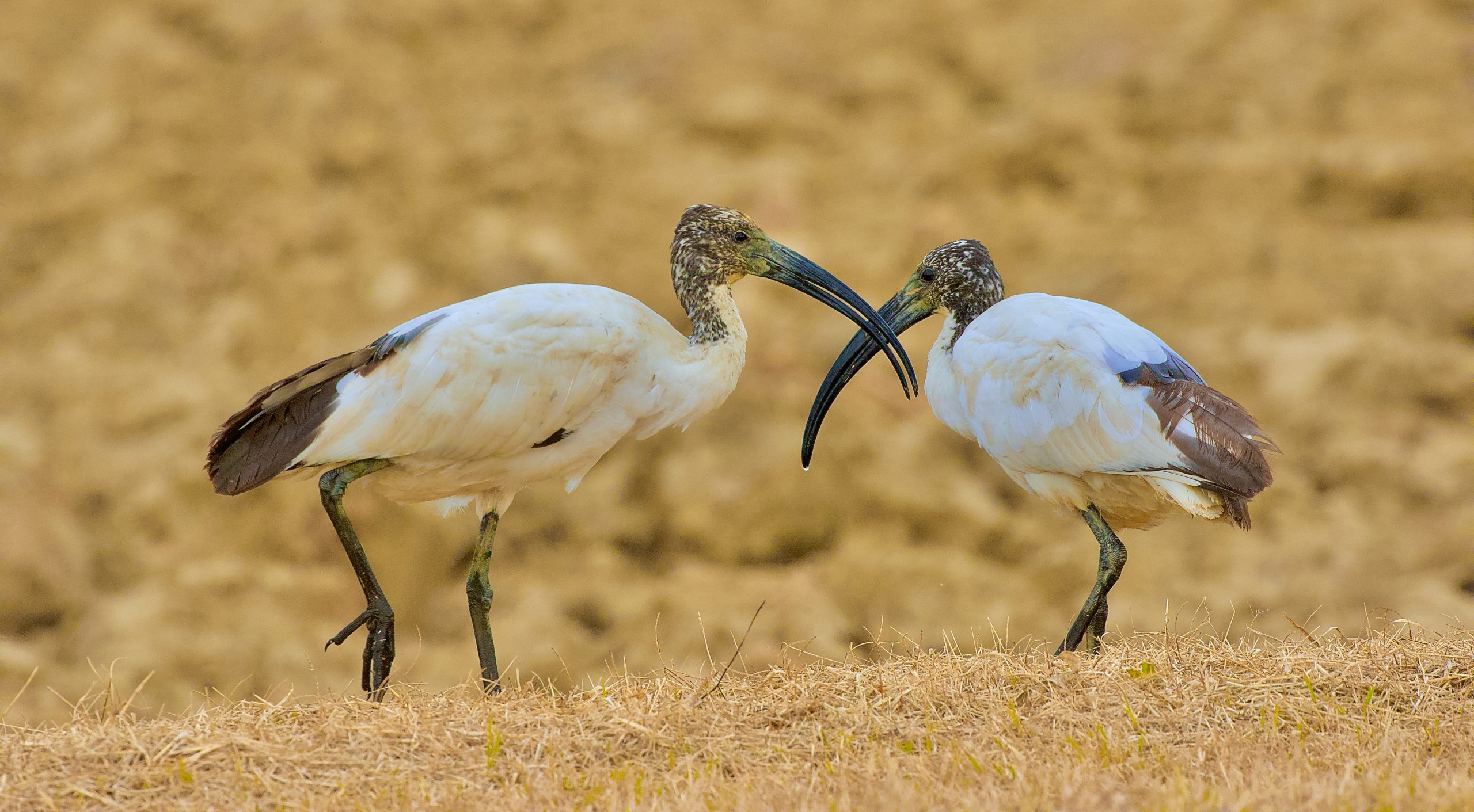
Ibis Sacro – Threskiornis aethiopicus
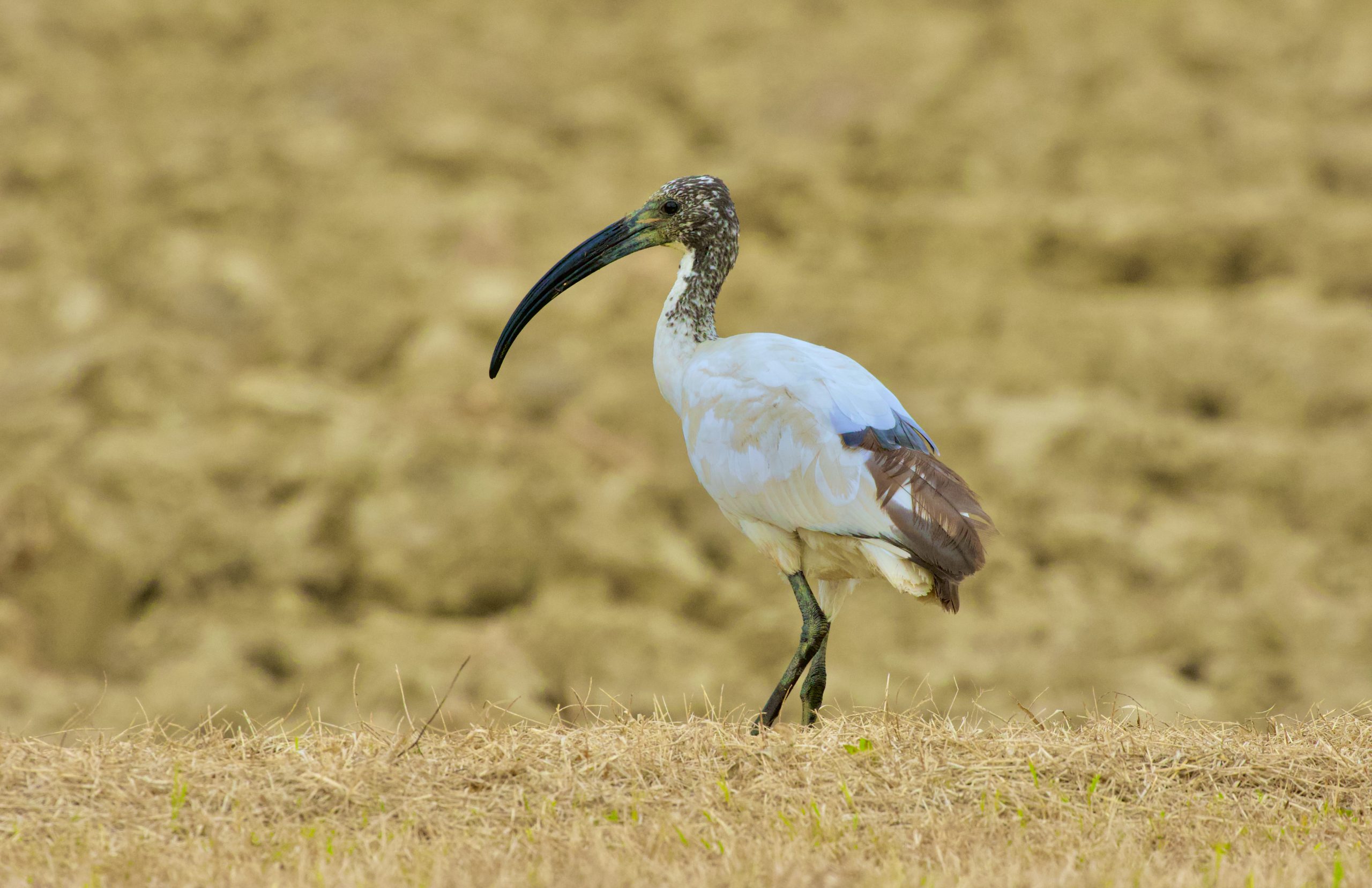
Ibis Sacro – Threskiornis aethiopicus
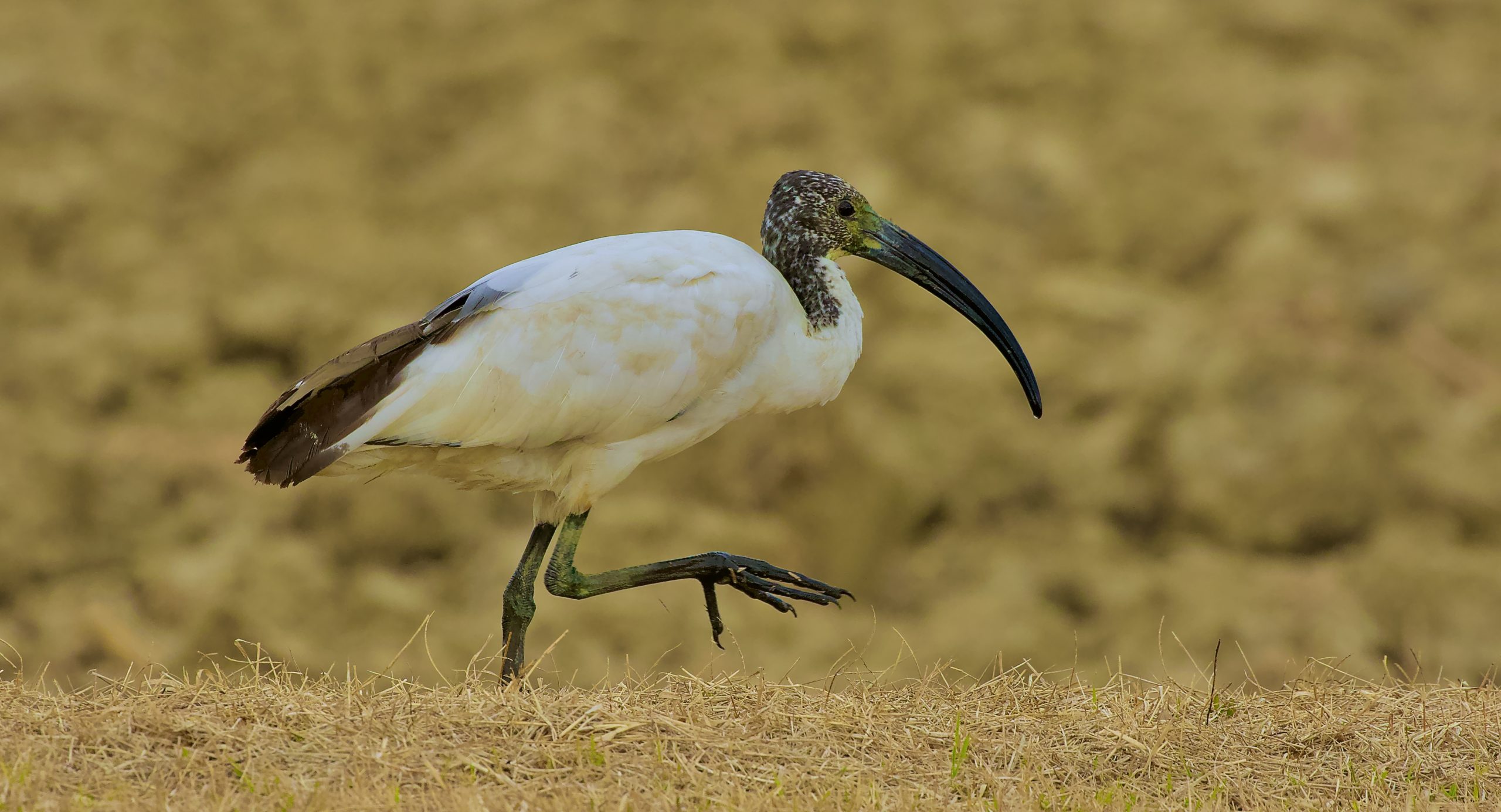
Ibis Sacro – Threskiornis aethiopicus
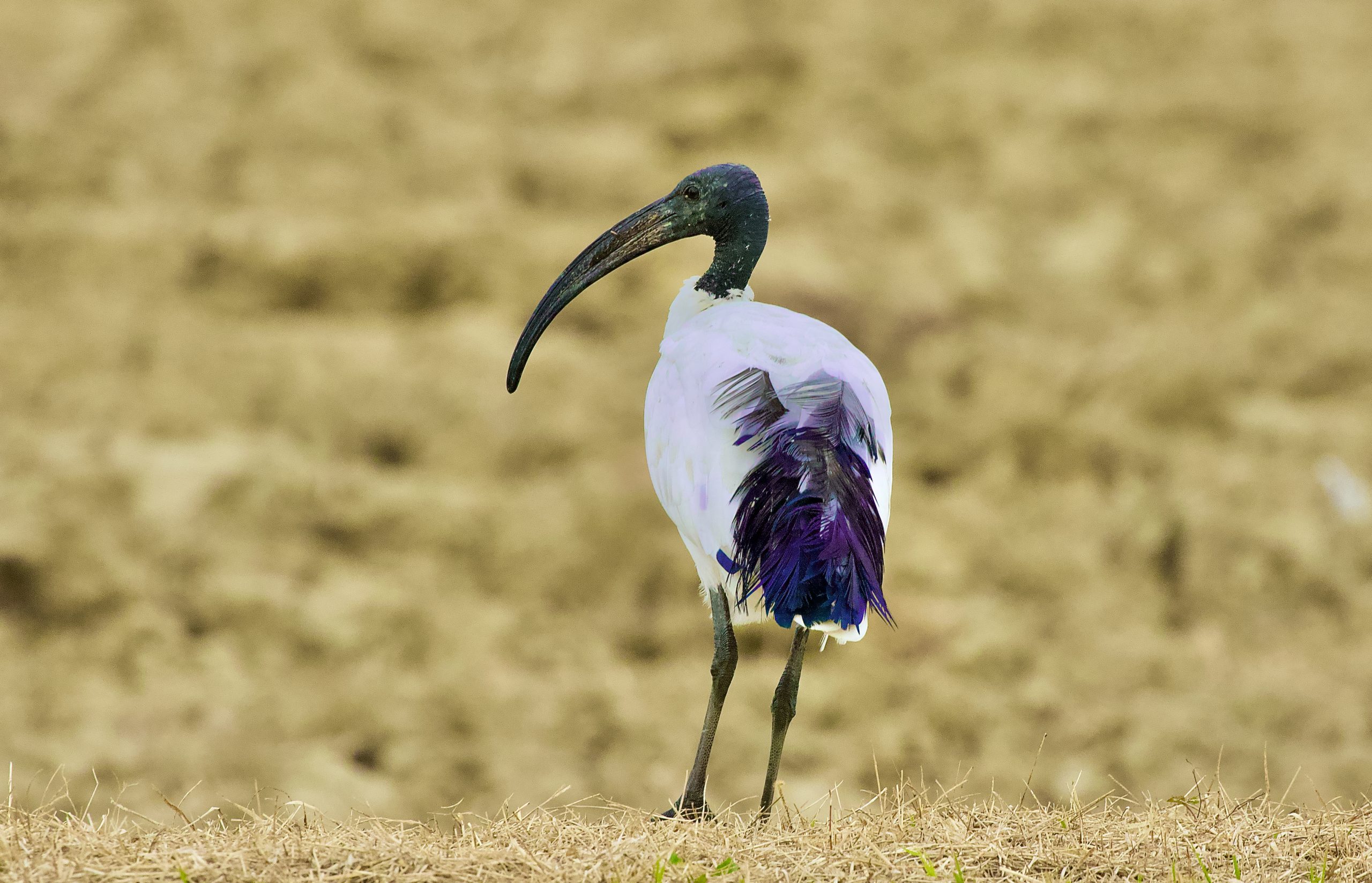
Ibis Sacro – Threskiornis aethiopicus
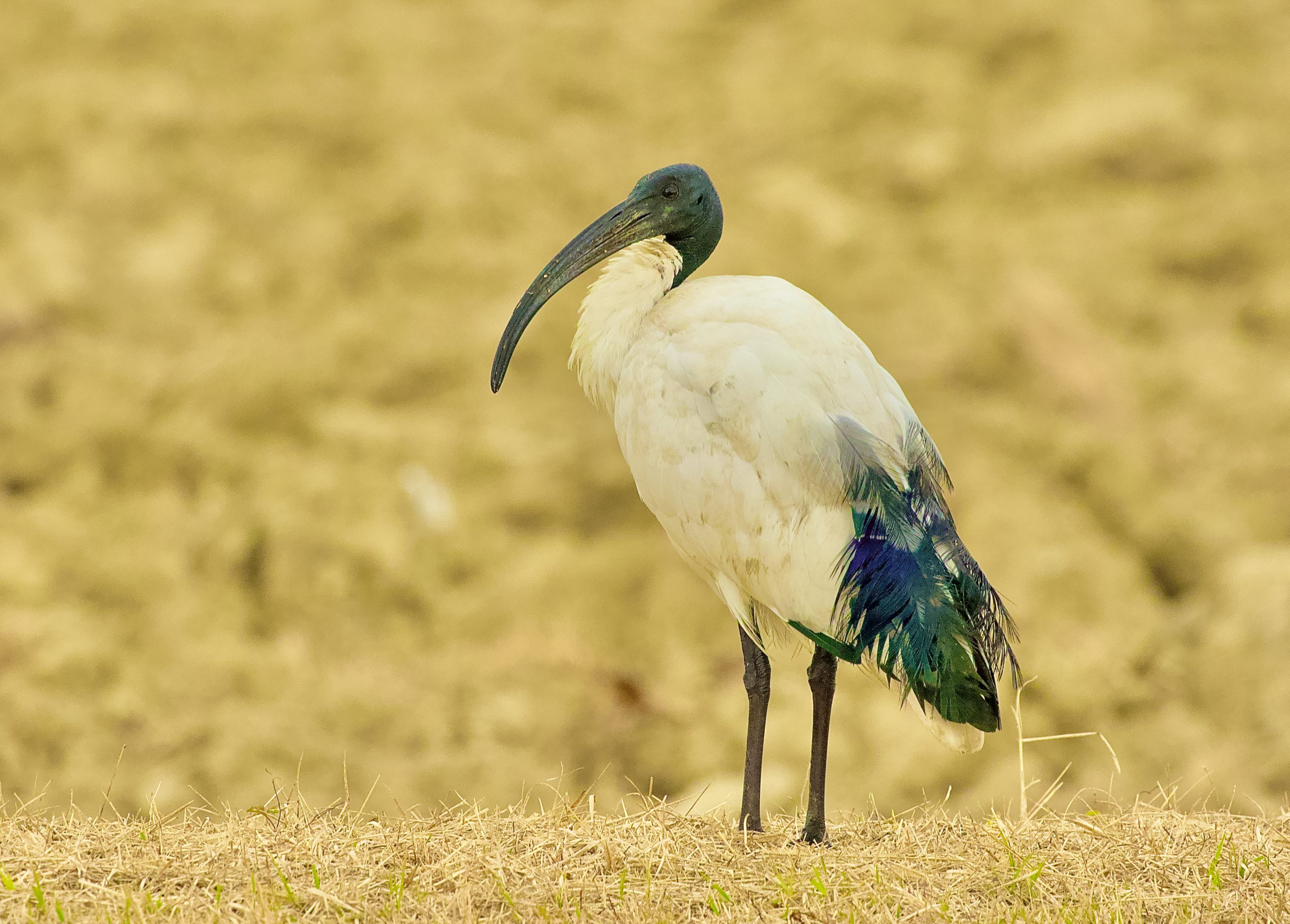
Ibis Sacro – Threskiornis aethiopicus
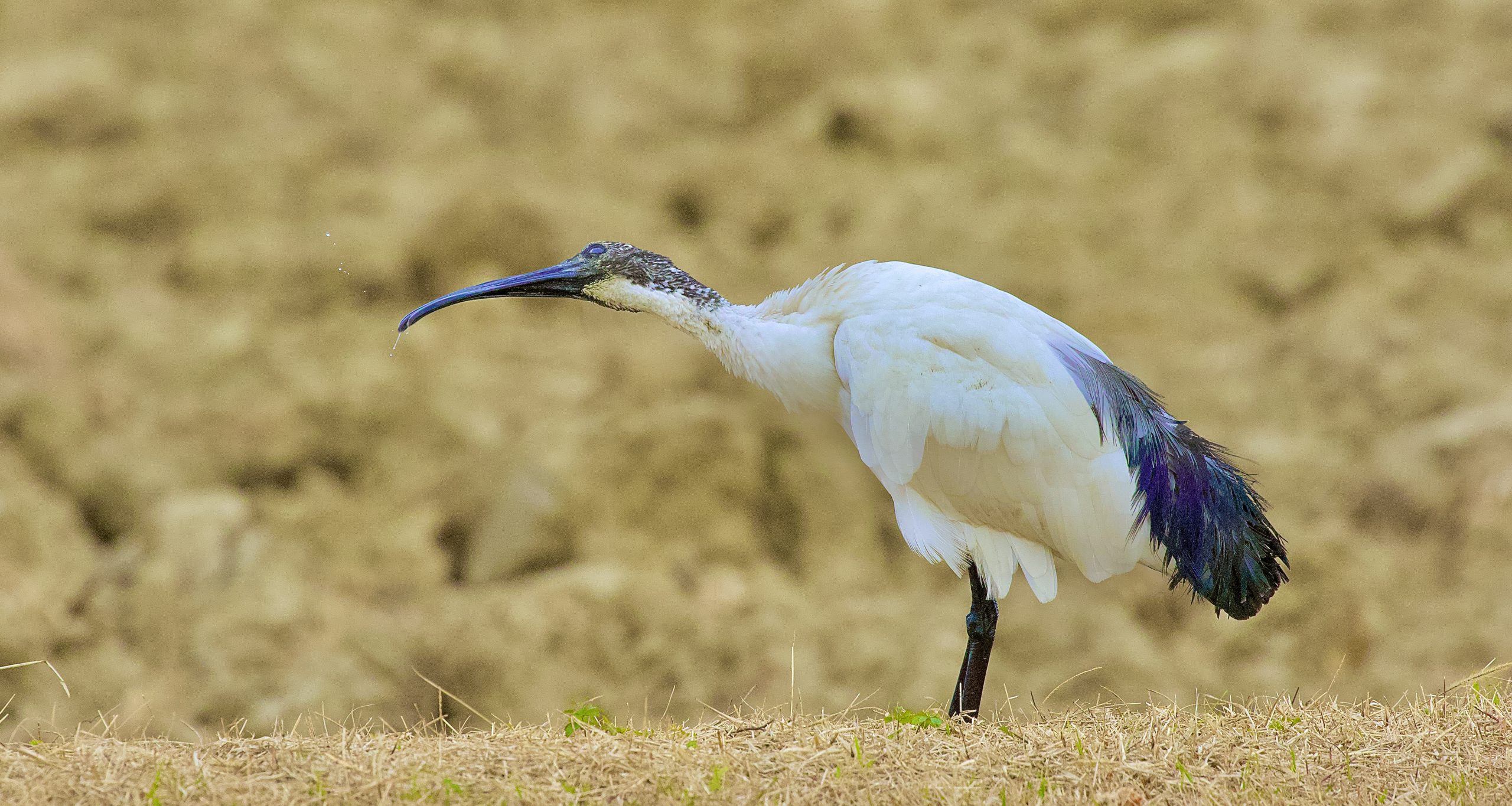
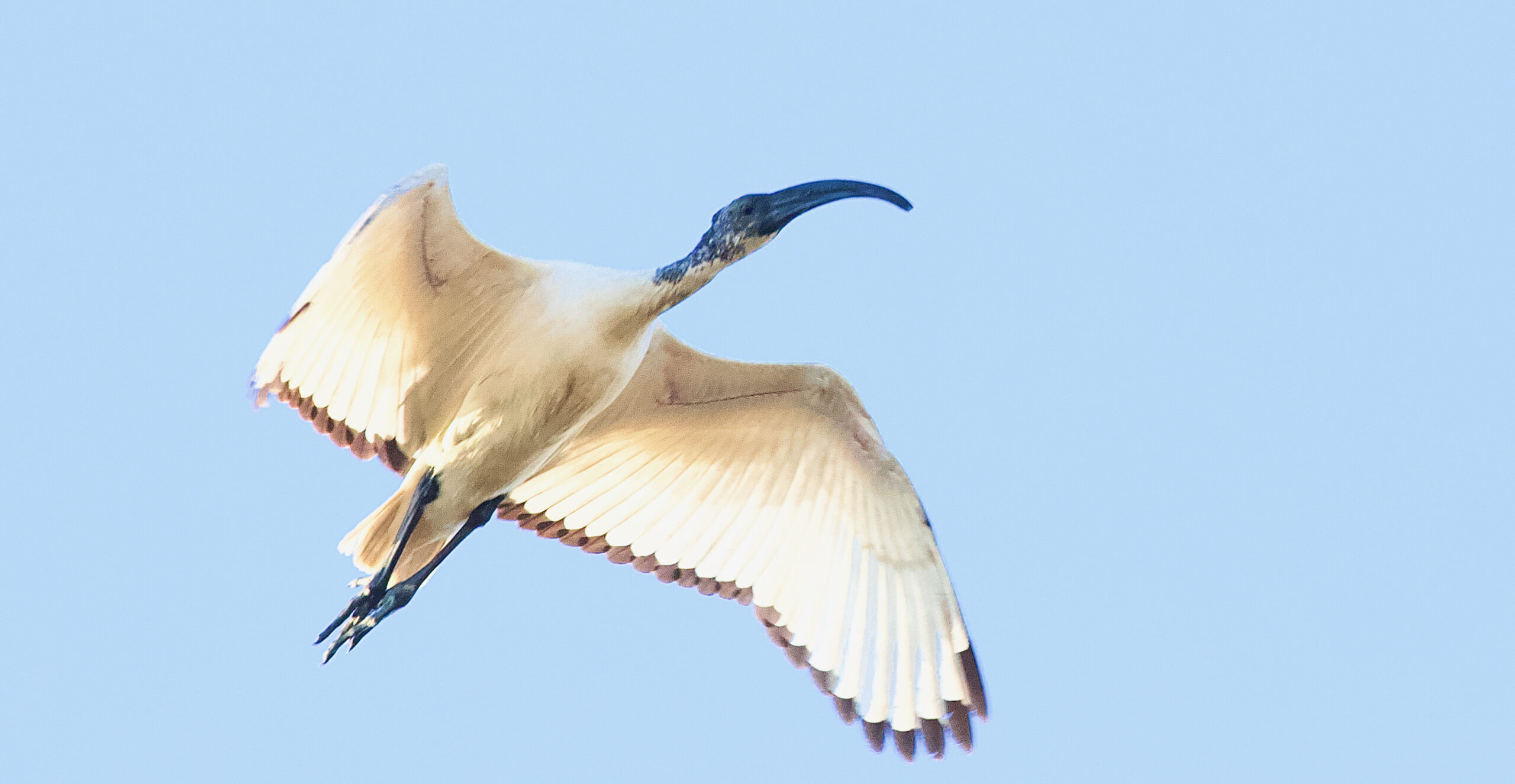
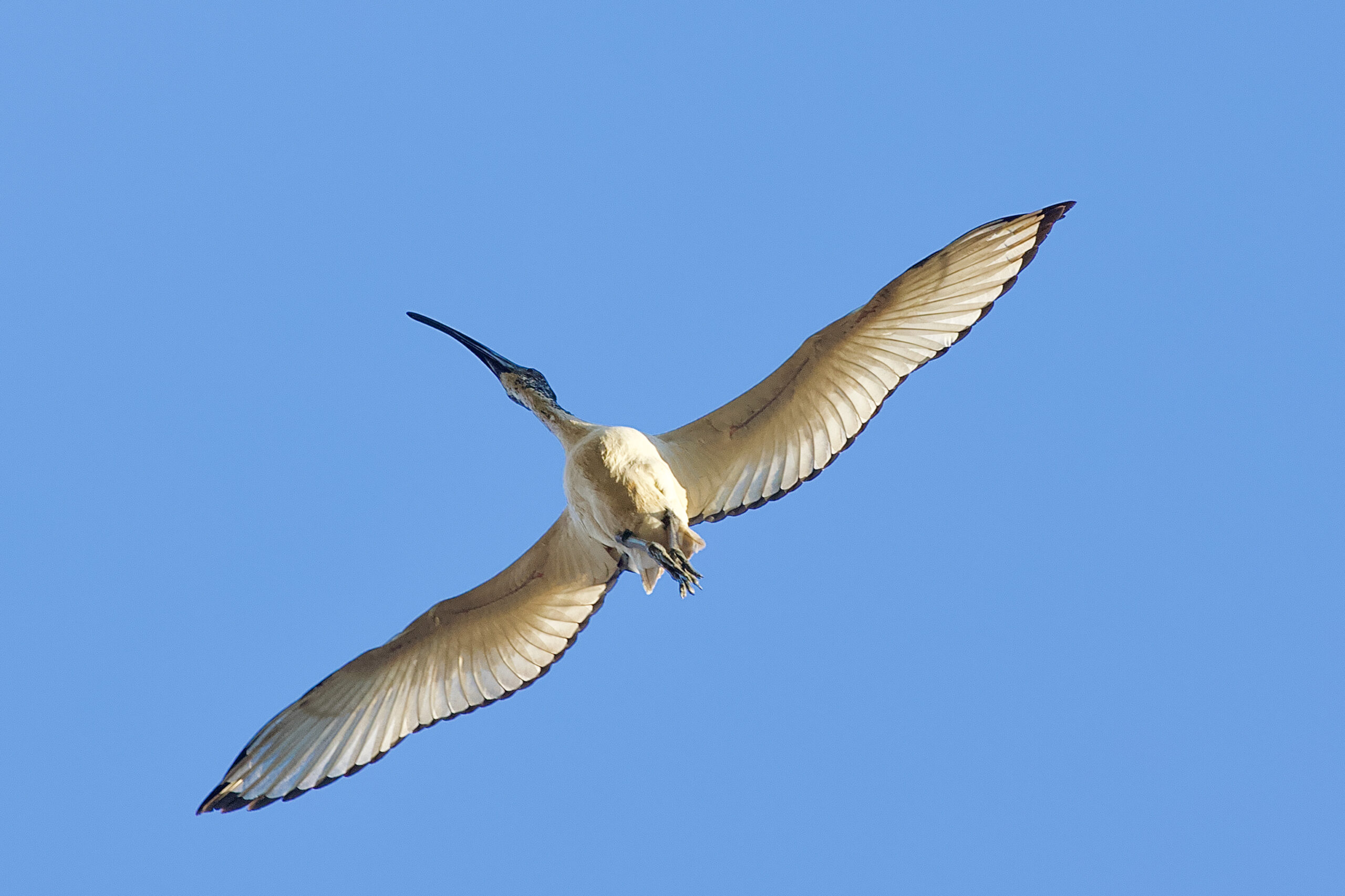
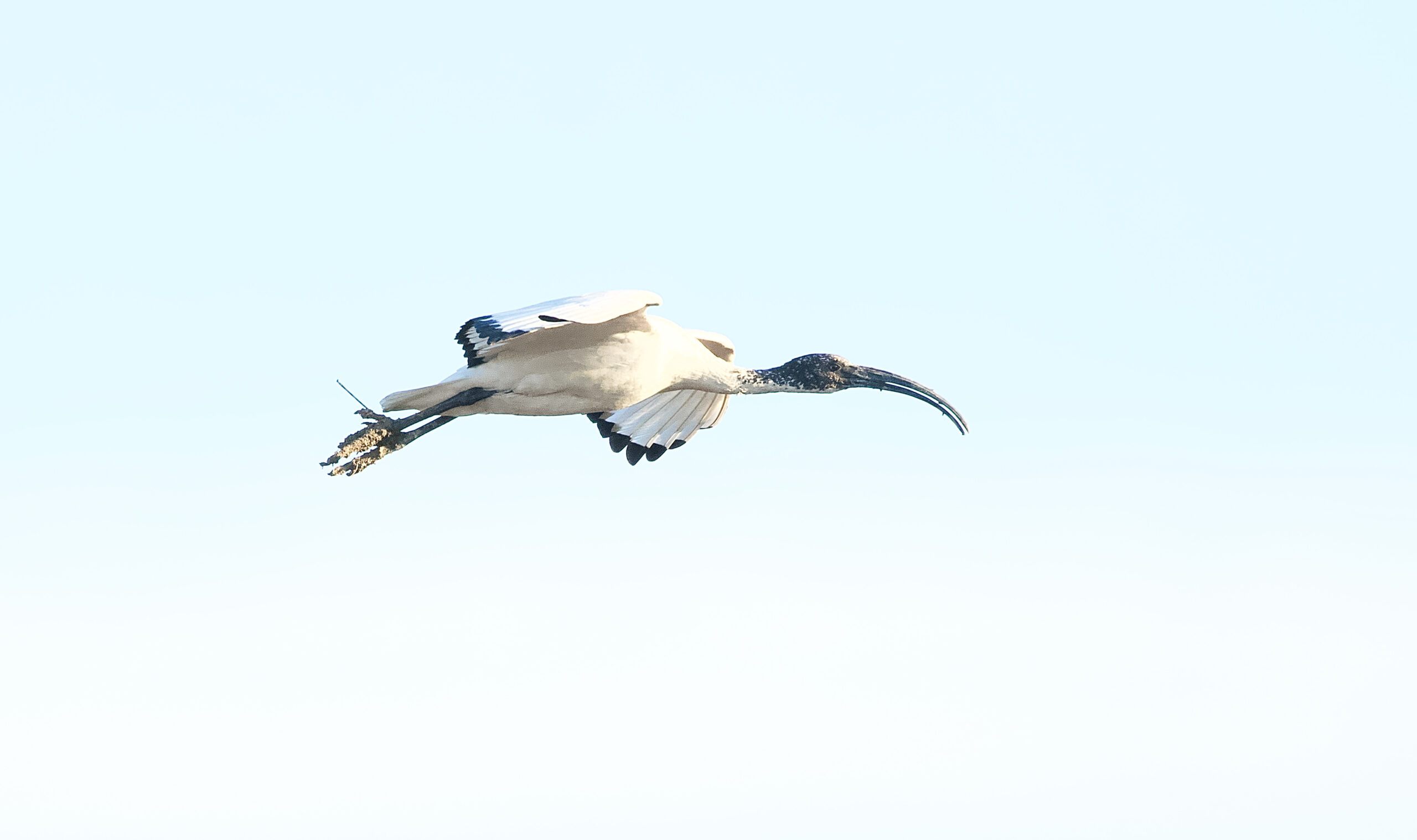
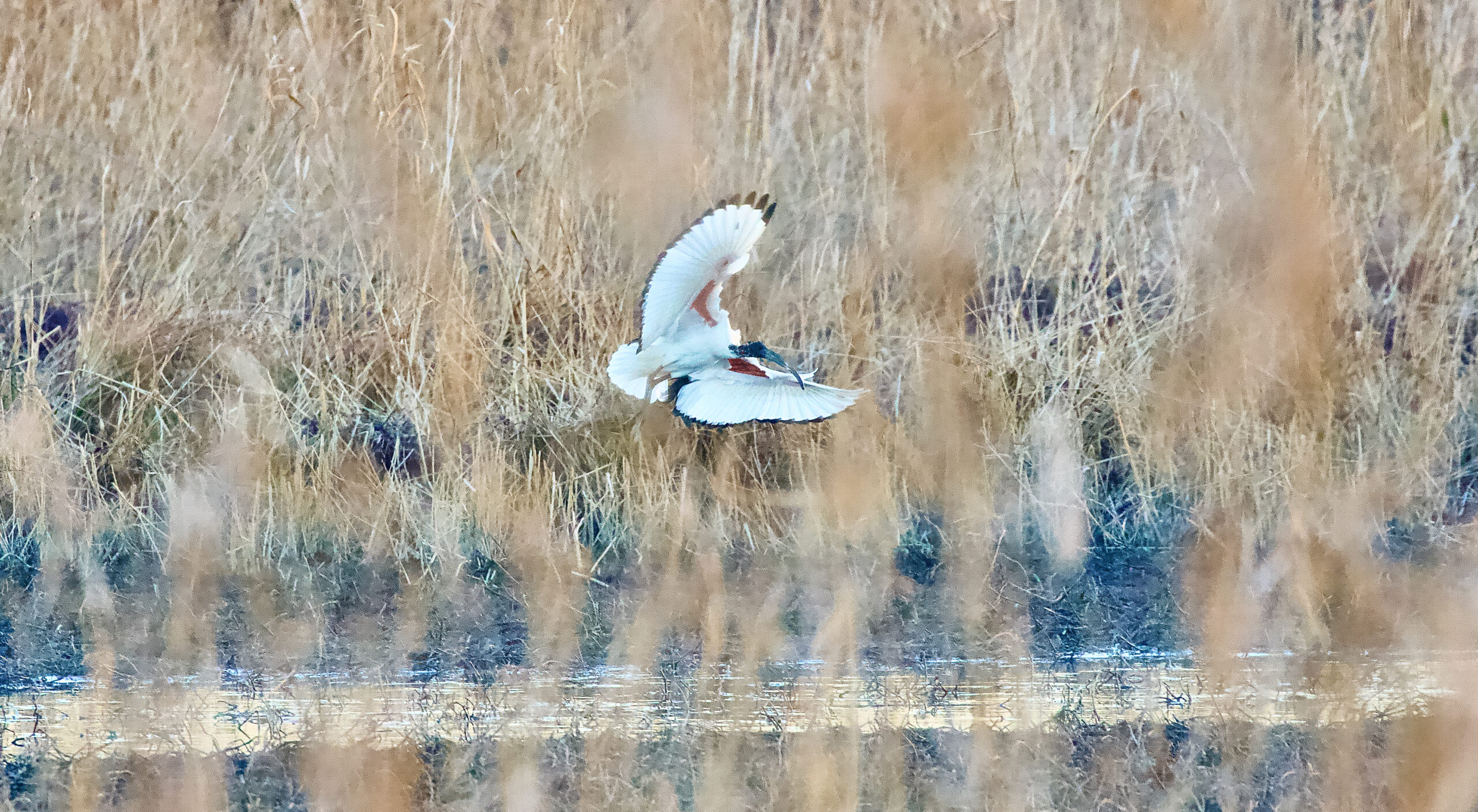
In its areas of origin it prefers humid environments, where water and mud are abundant. These areas are fundamental for their survival where they find food in abundance, in particular insects, fish, amphibians, crustaceans and molluscs although they do not disdain seeds, small mammals, eggs, lizards and even carrion. In short, an animal that is extremely skilled in adapting its diet to the food offered by the environment in which it lives.
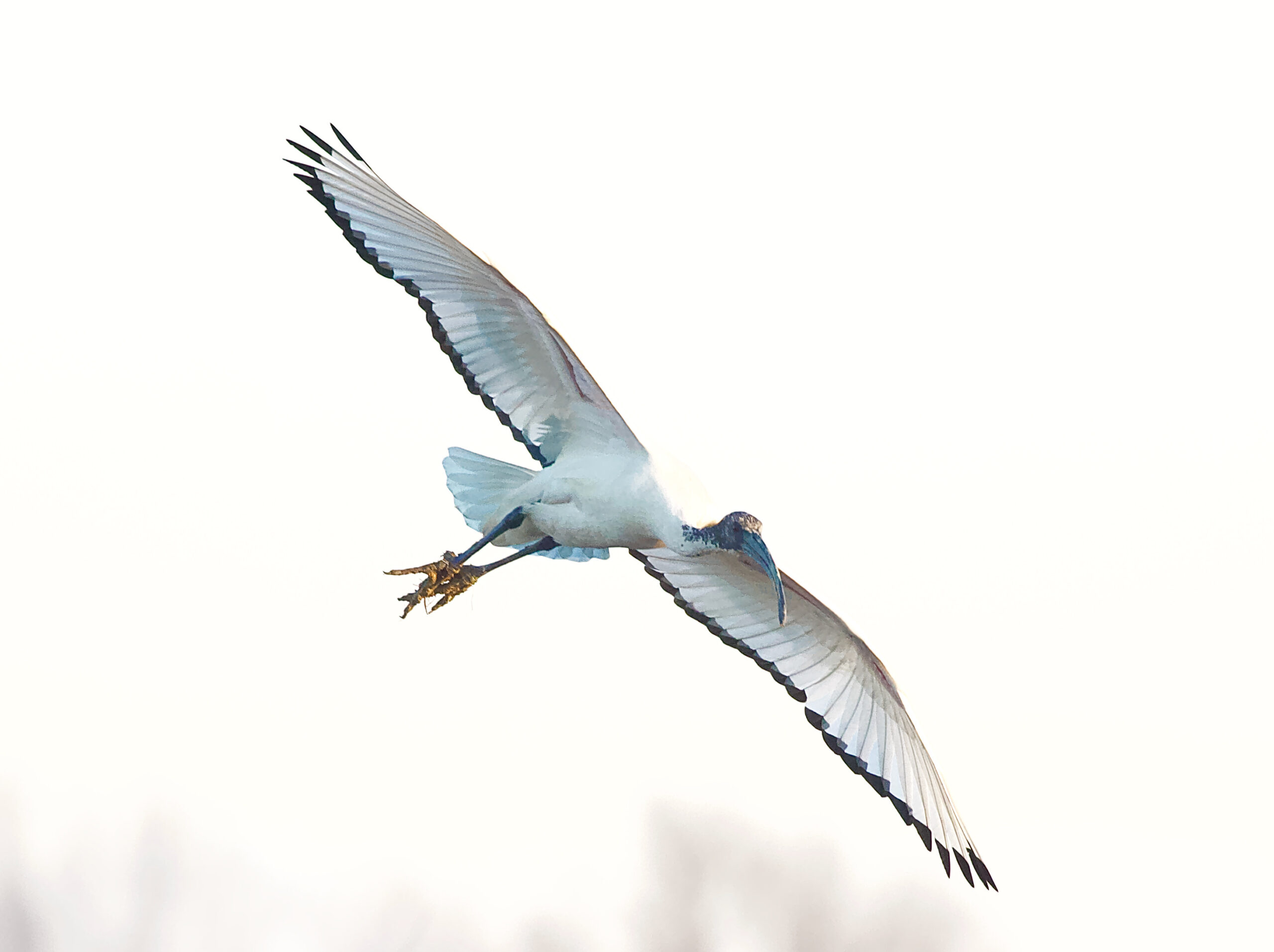
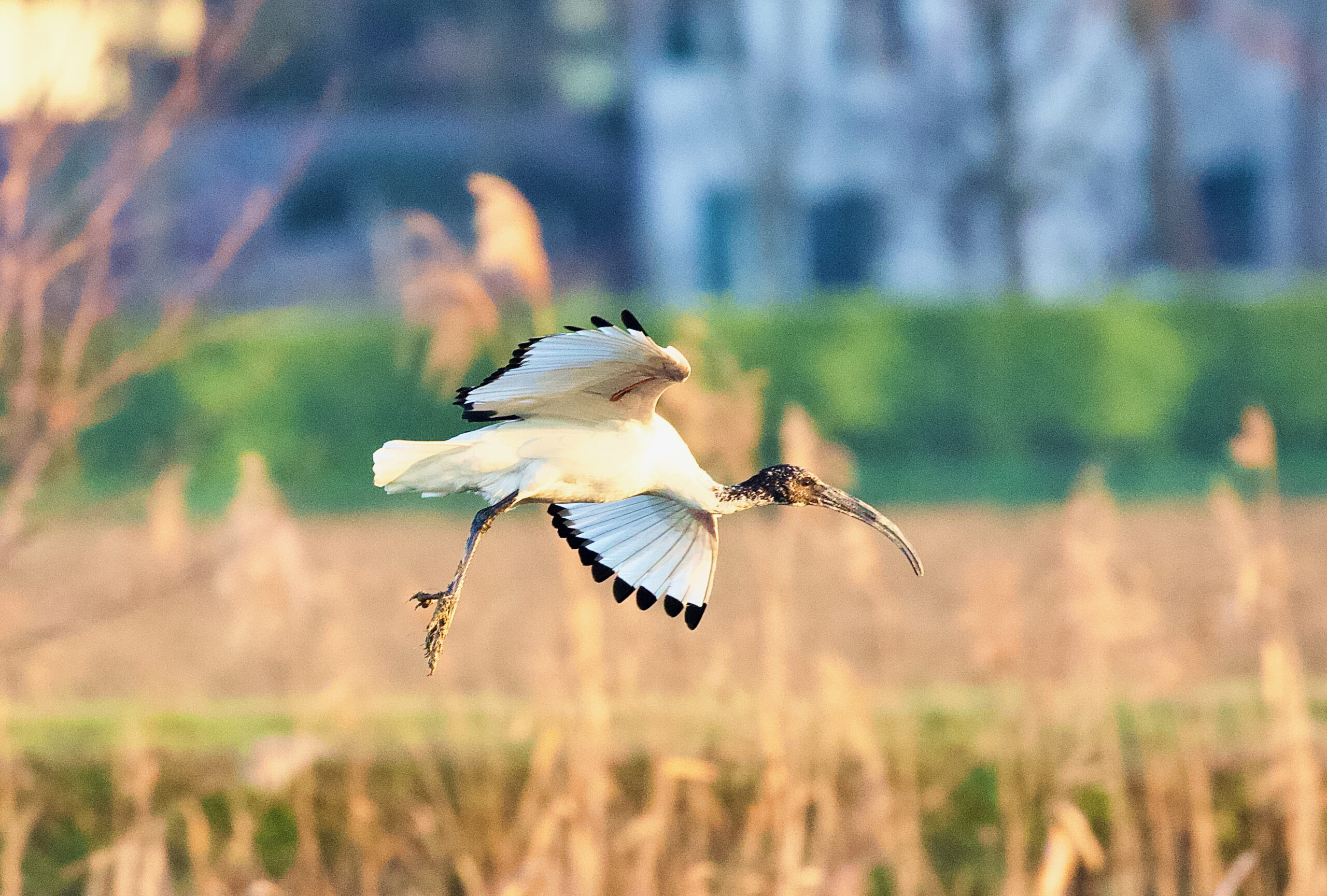
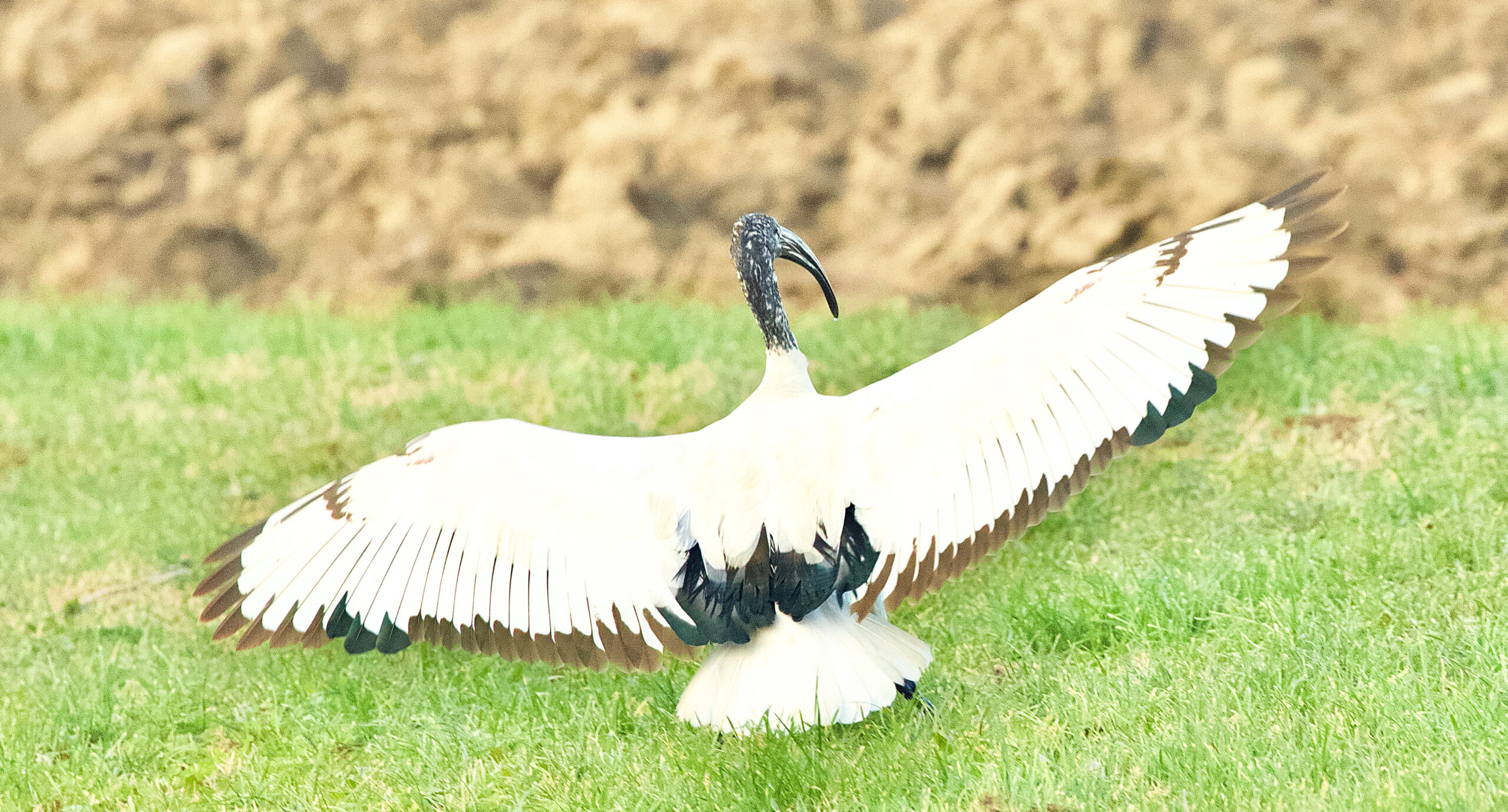
The Little Egret tell us the size of the Sacred Ibis